A review of the stunning exhibit and the latest items available in London.
This past weekend, I visited Japan House London for two purposes: their latest exhibit and to see the latest stationery on sale. I also took lots of photos, split below into three gallaries.
Japan House London (September 2025)
JHL is as joyous as ever. The matcha still remains the best in town. There were lots of small joys from across Japan that are worth learning more about, particularly the small yarn balls. Innovative toymaking has been part of Japanese heritage forever, so it is great to see this being spotlighted.
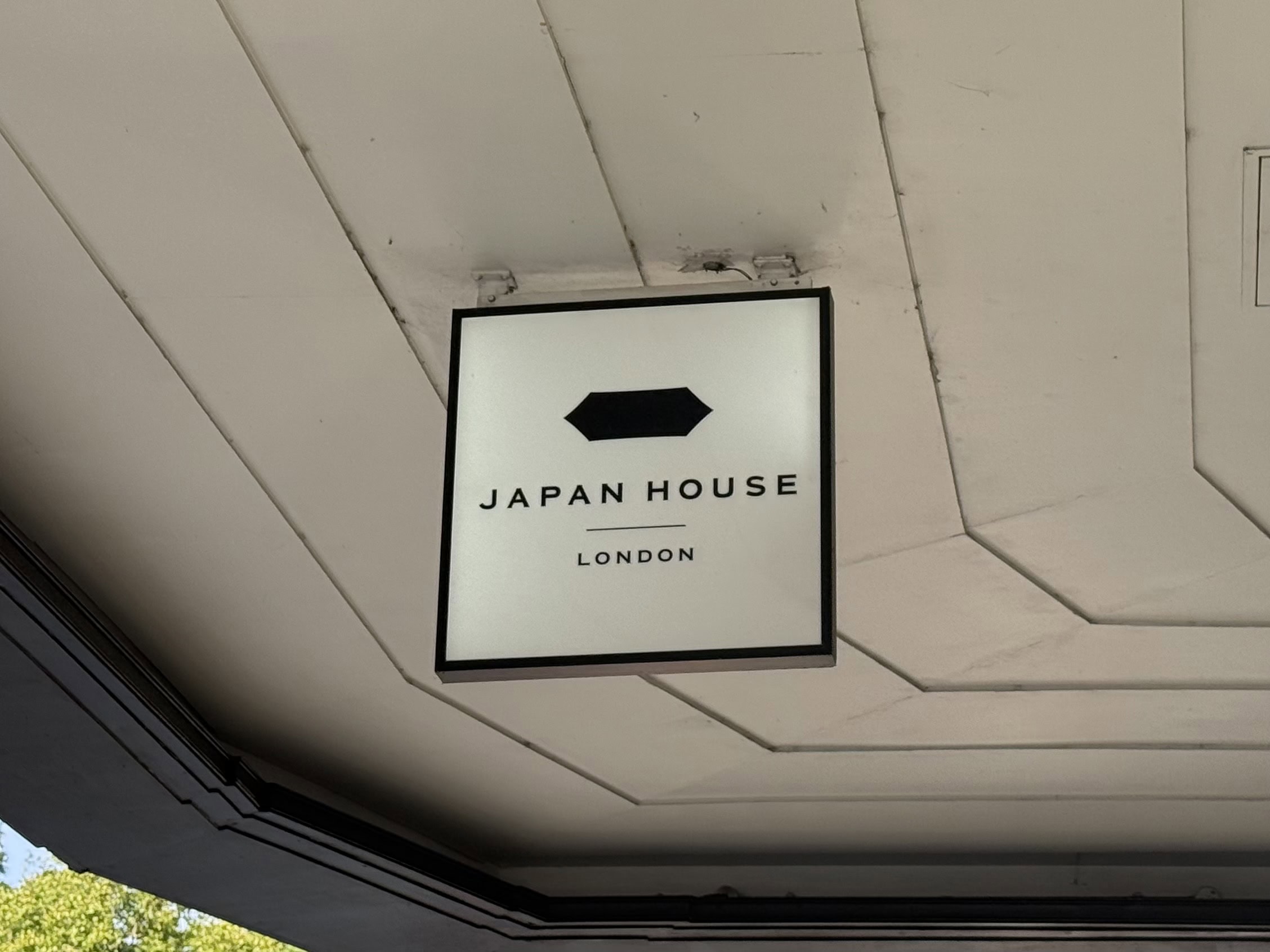

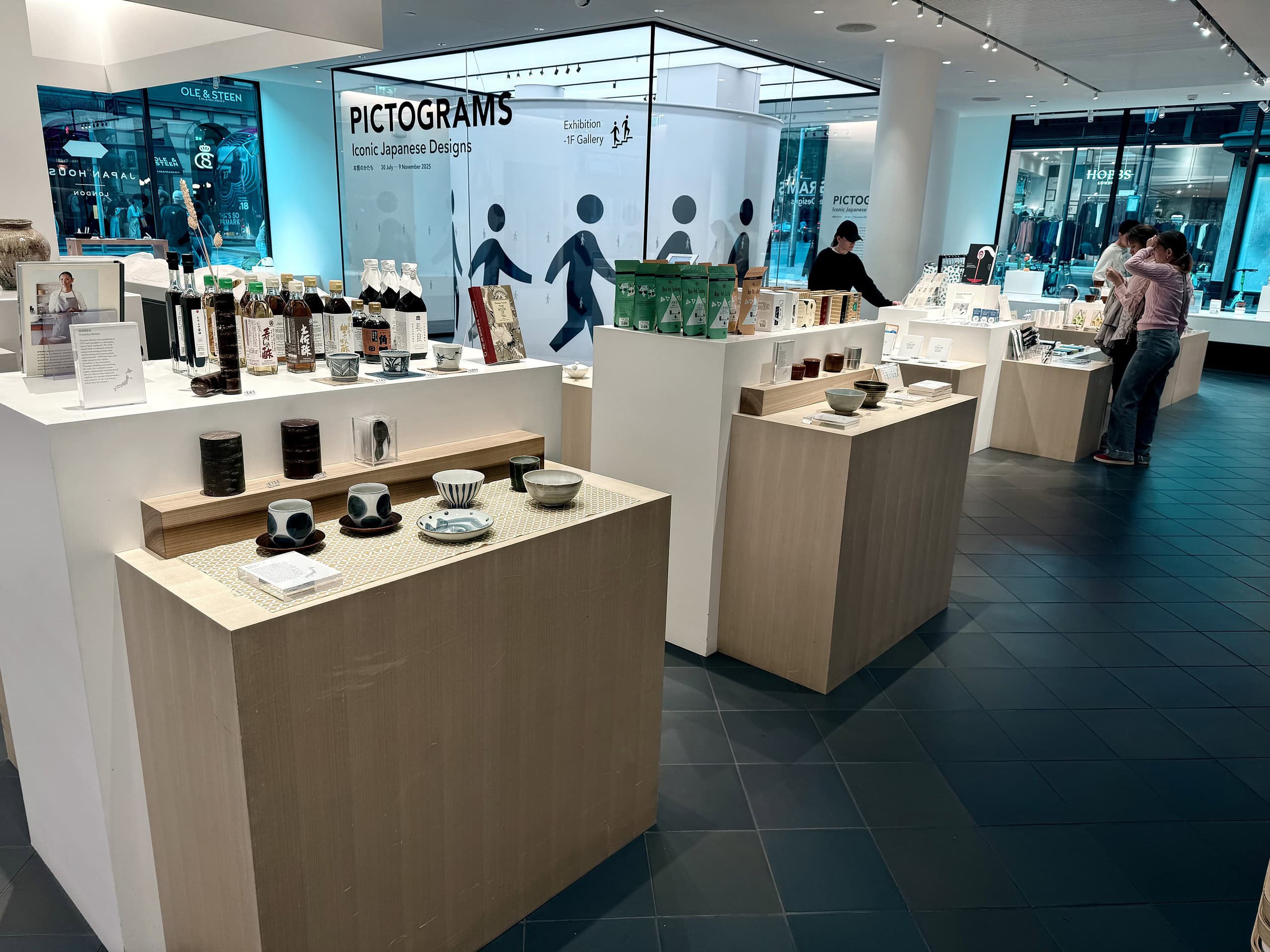
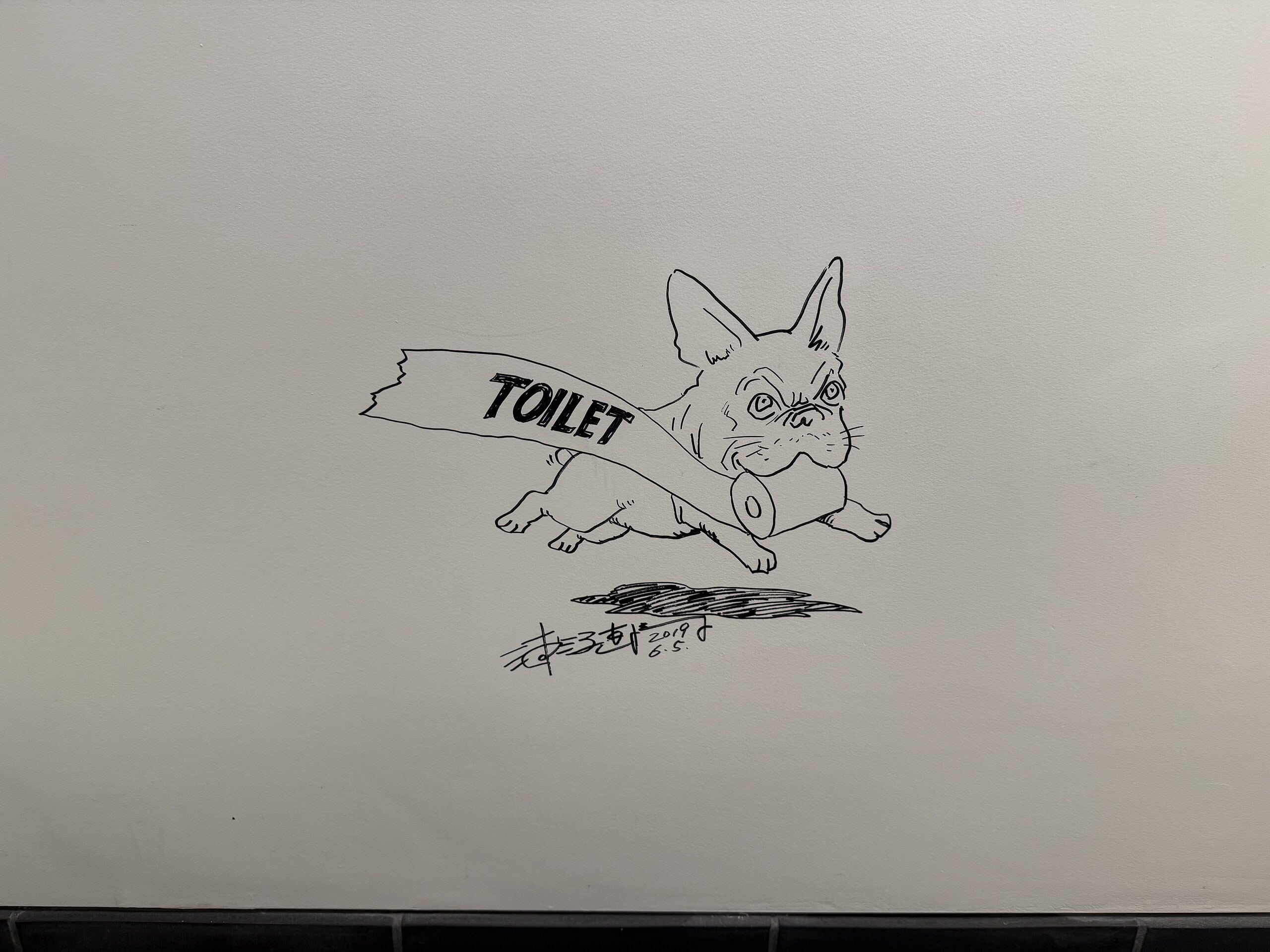
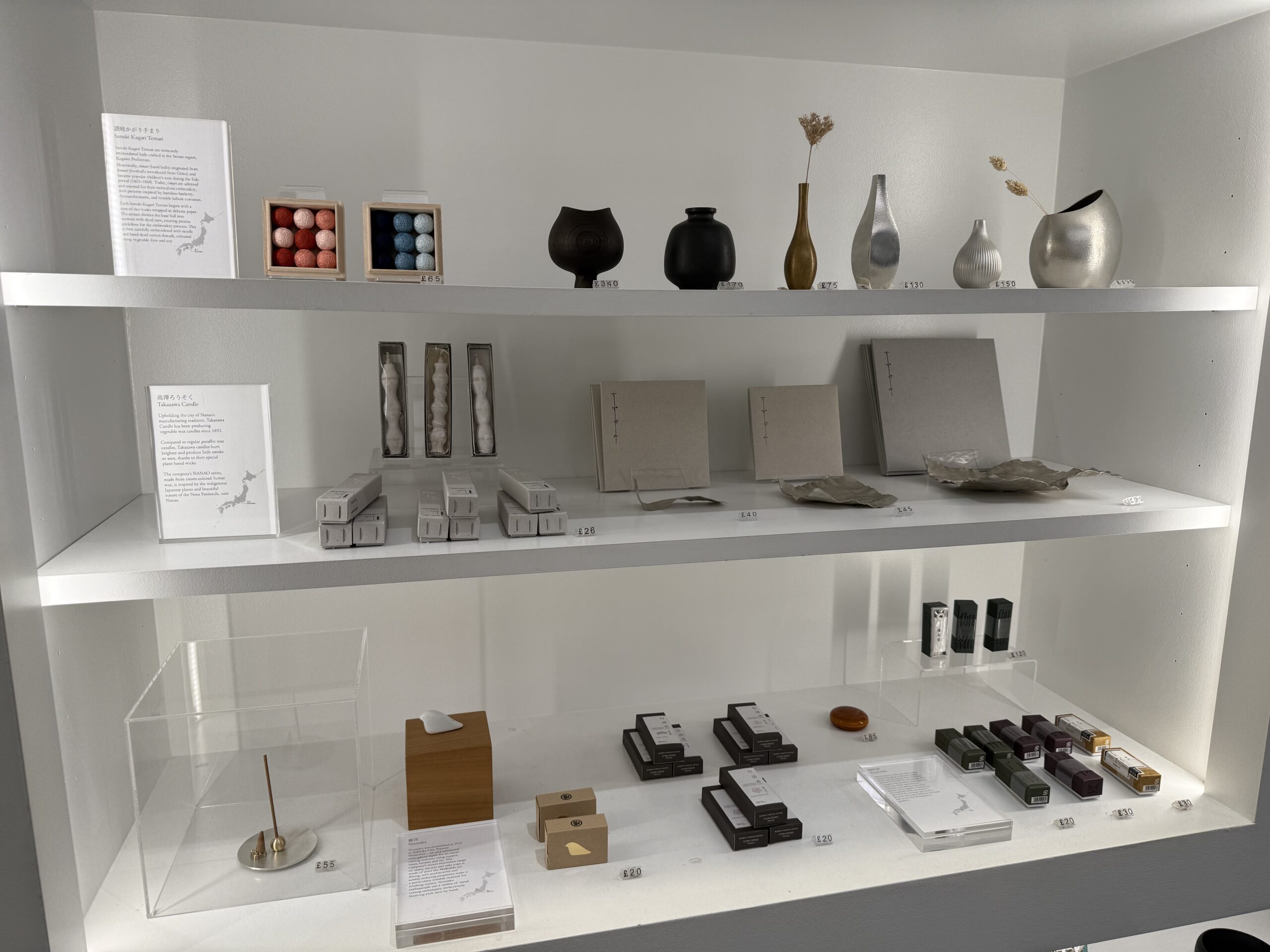
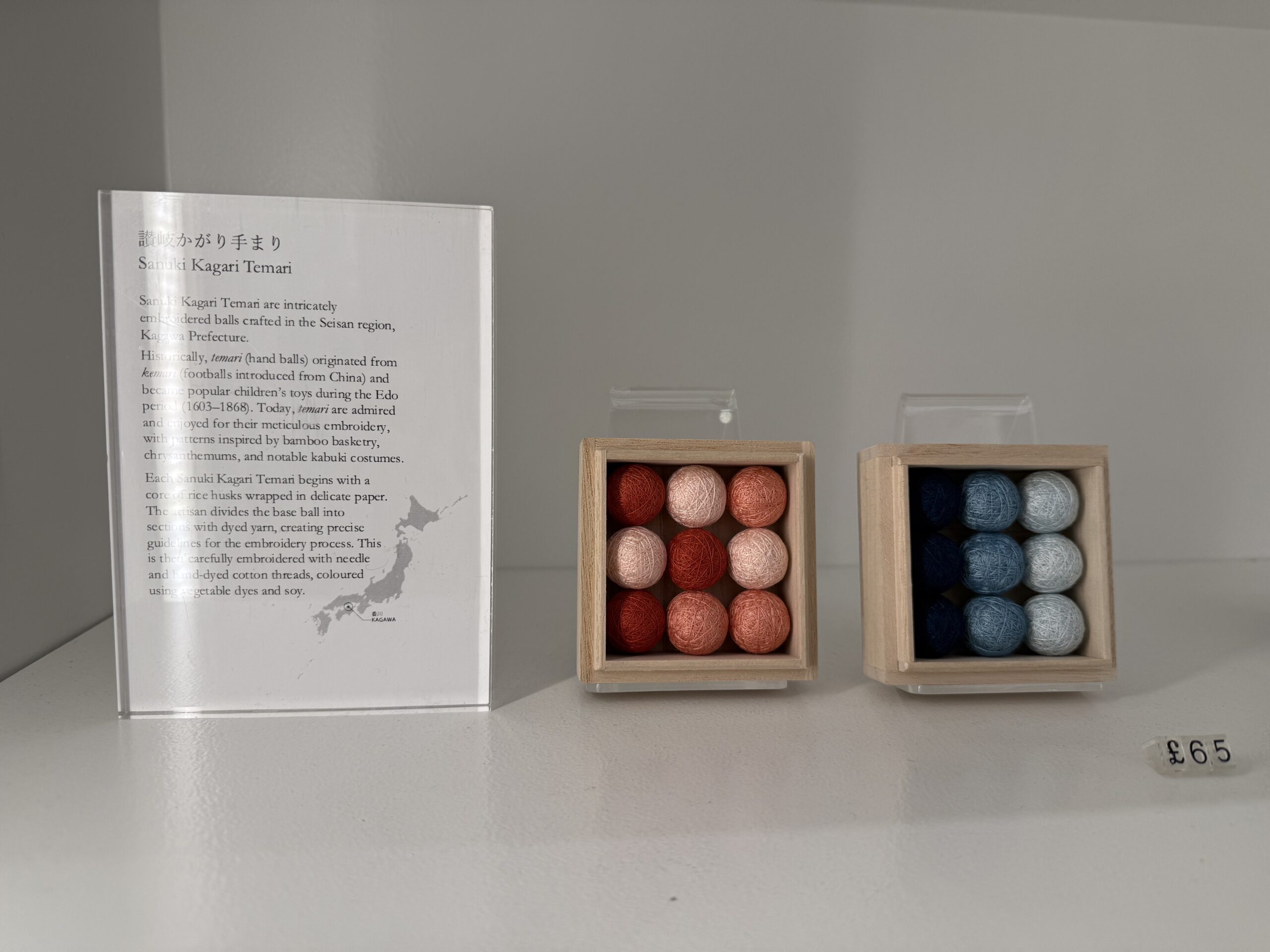
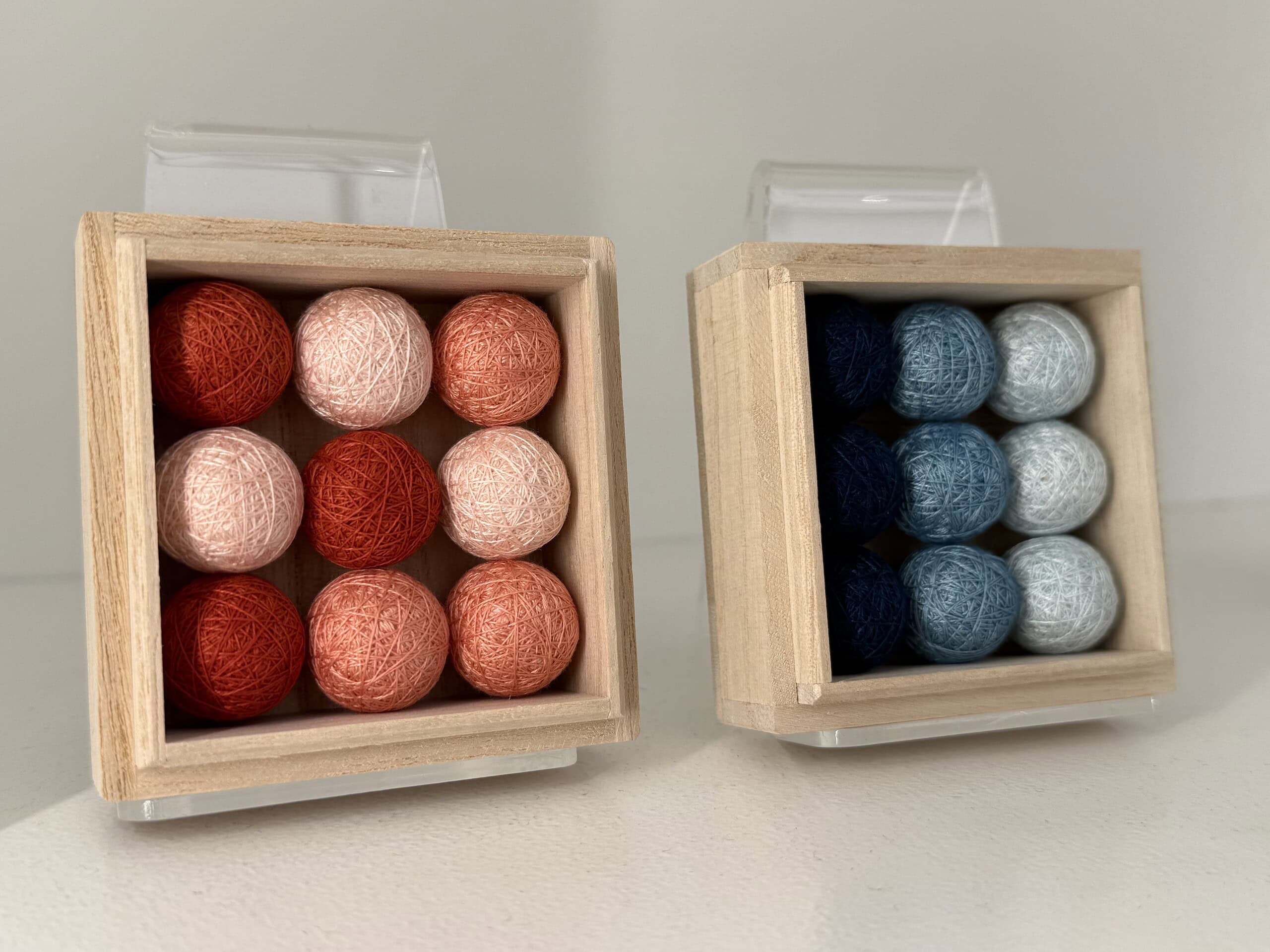
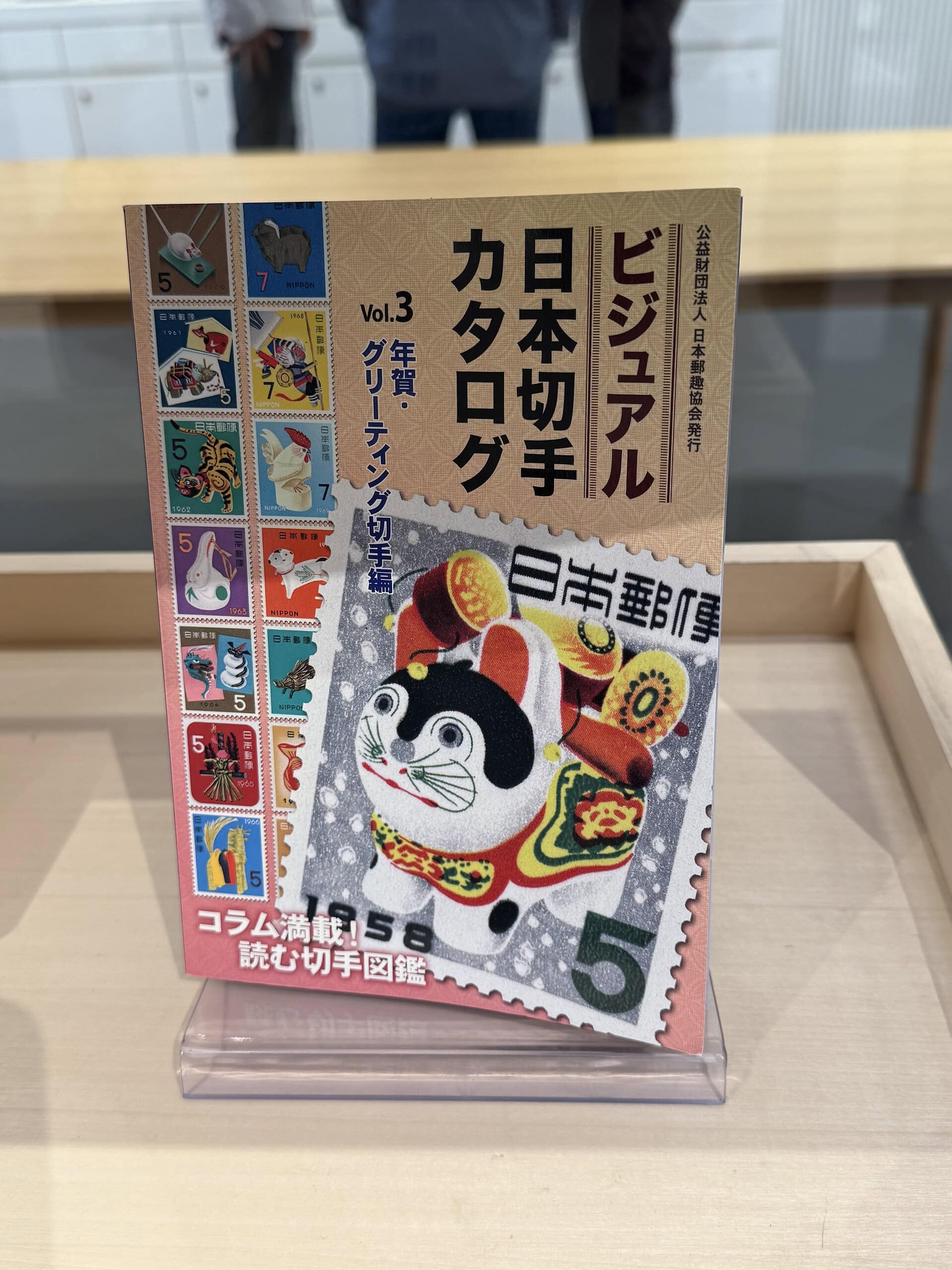
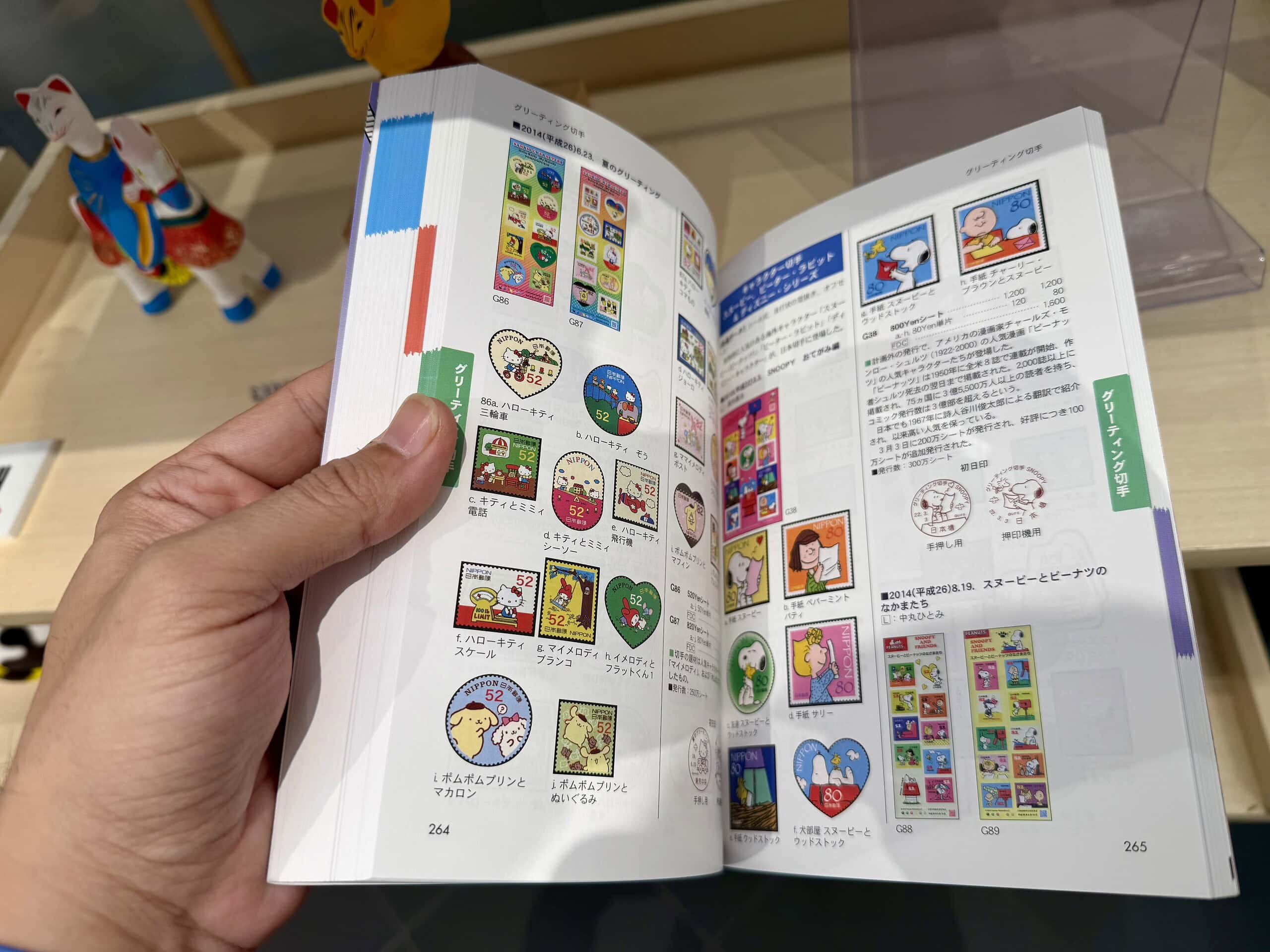
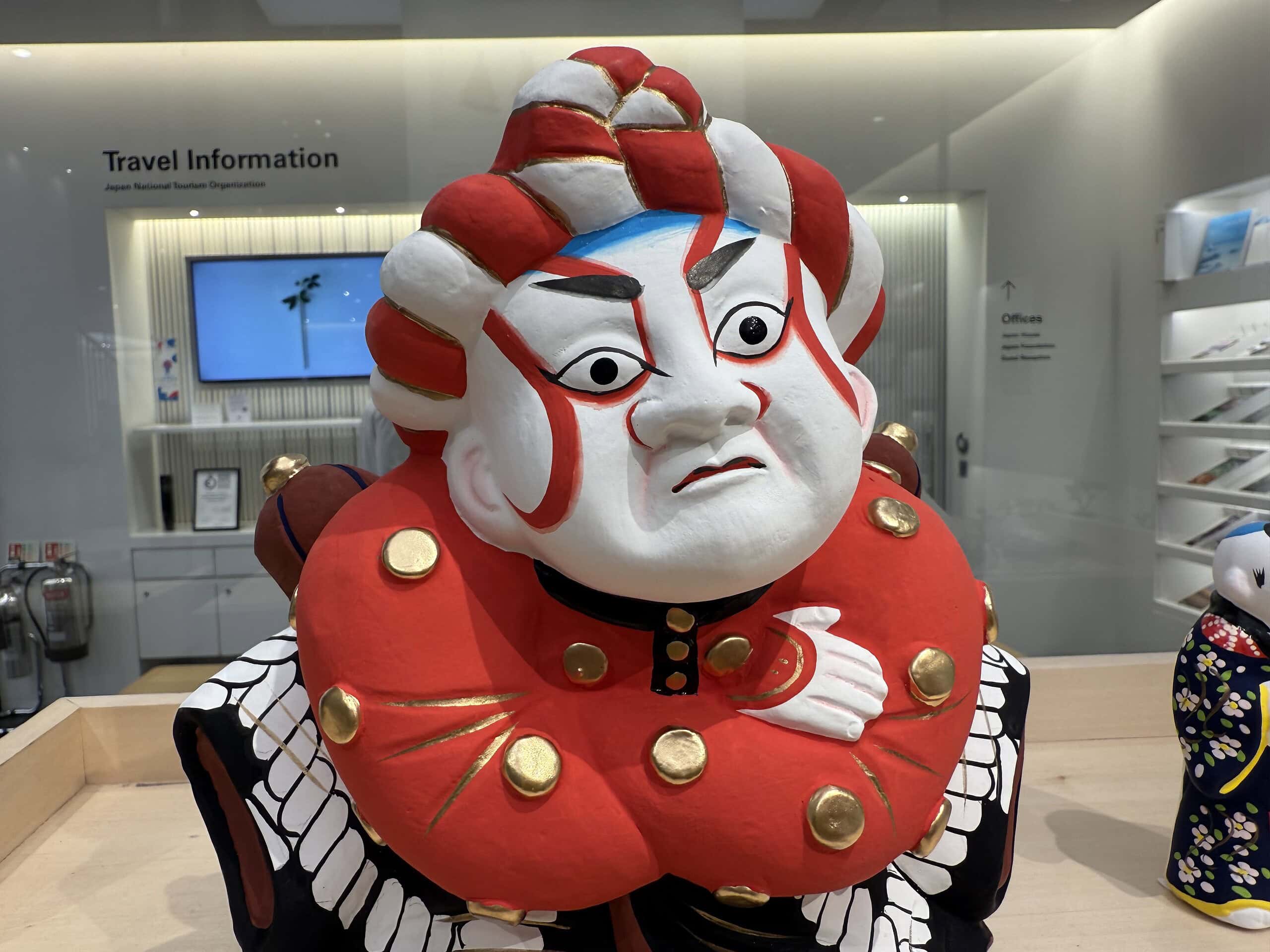
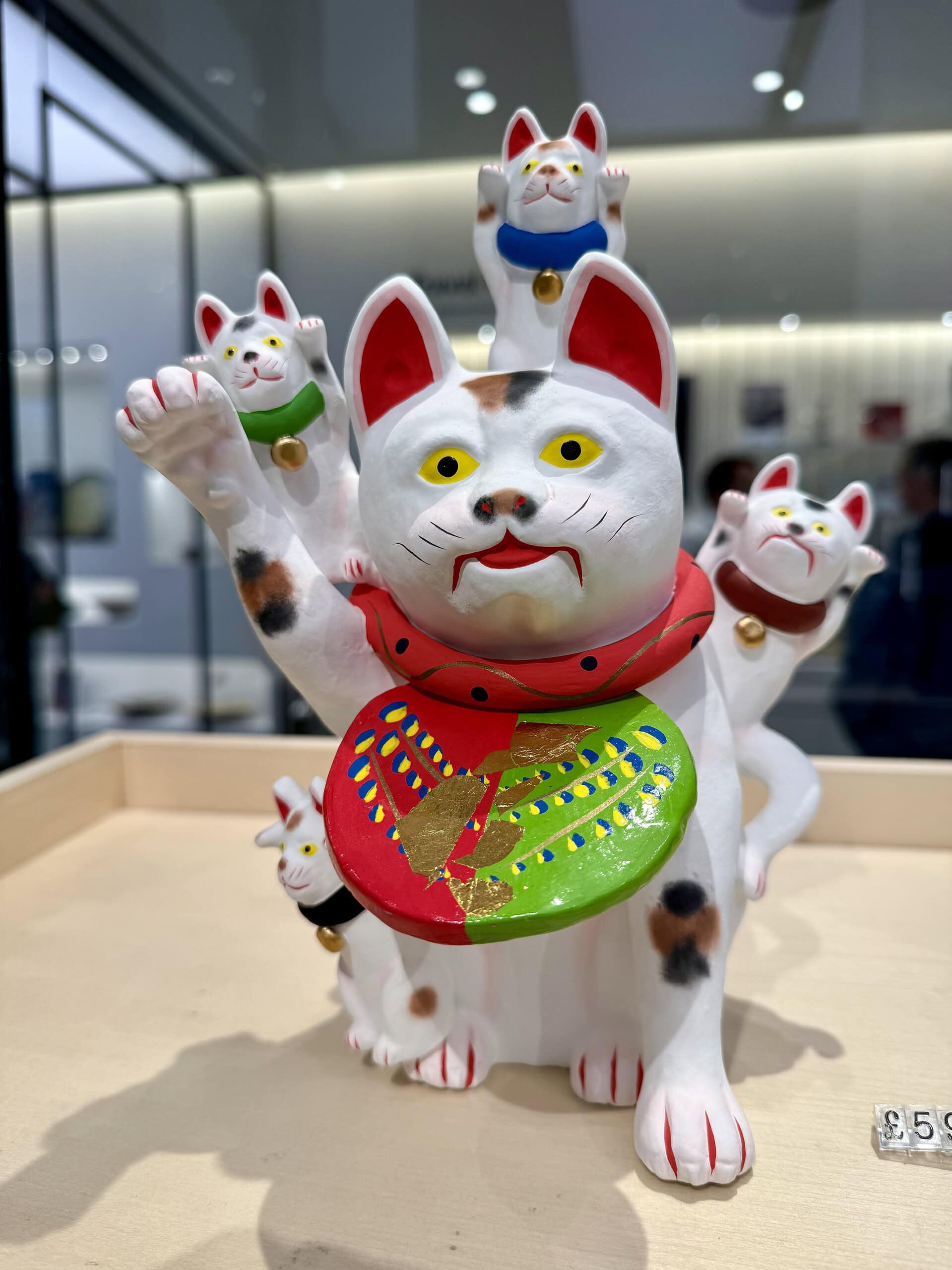
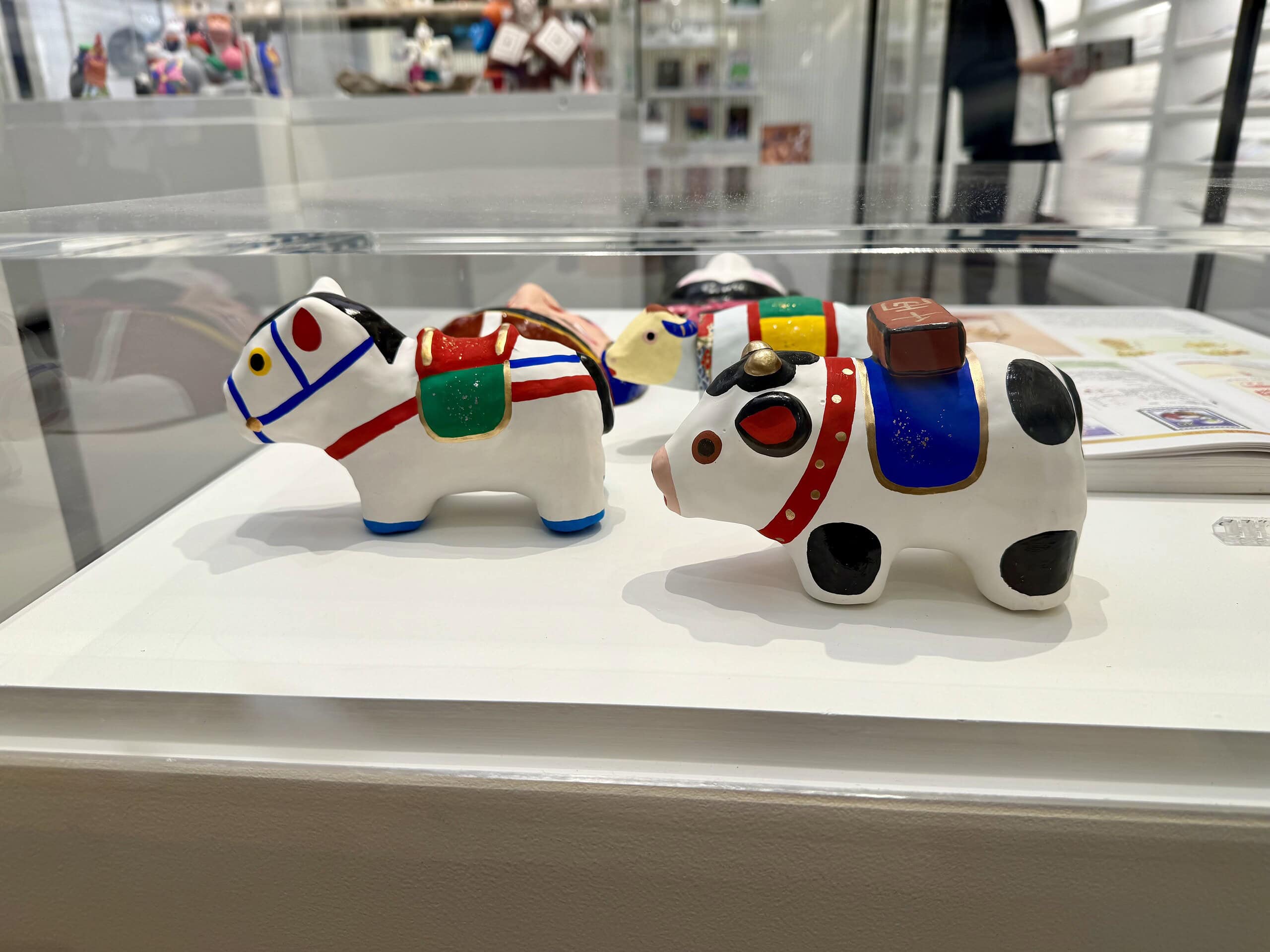
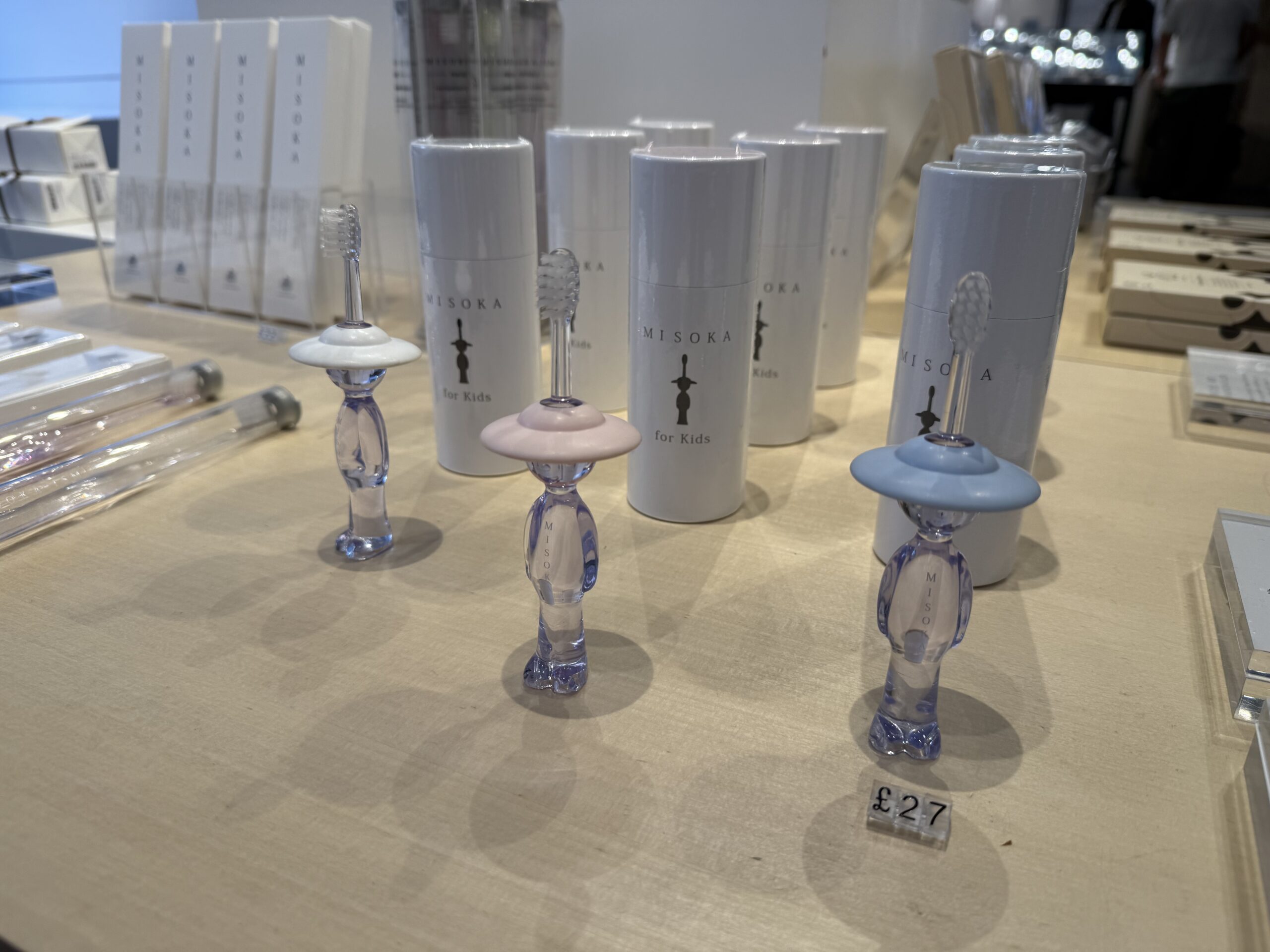
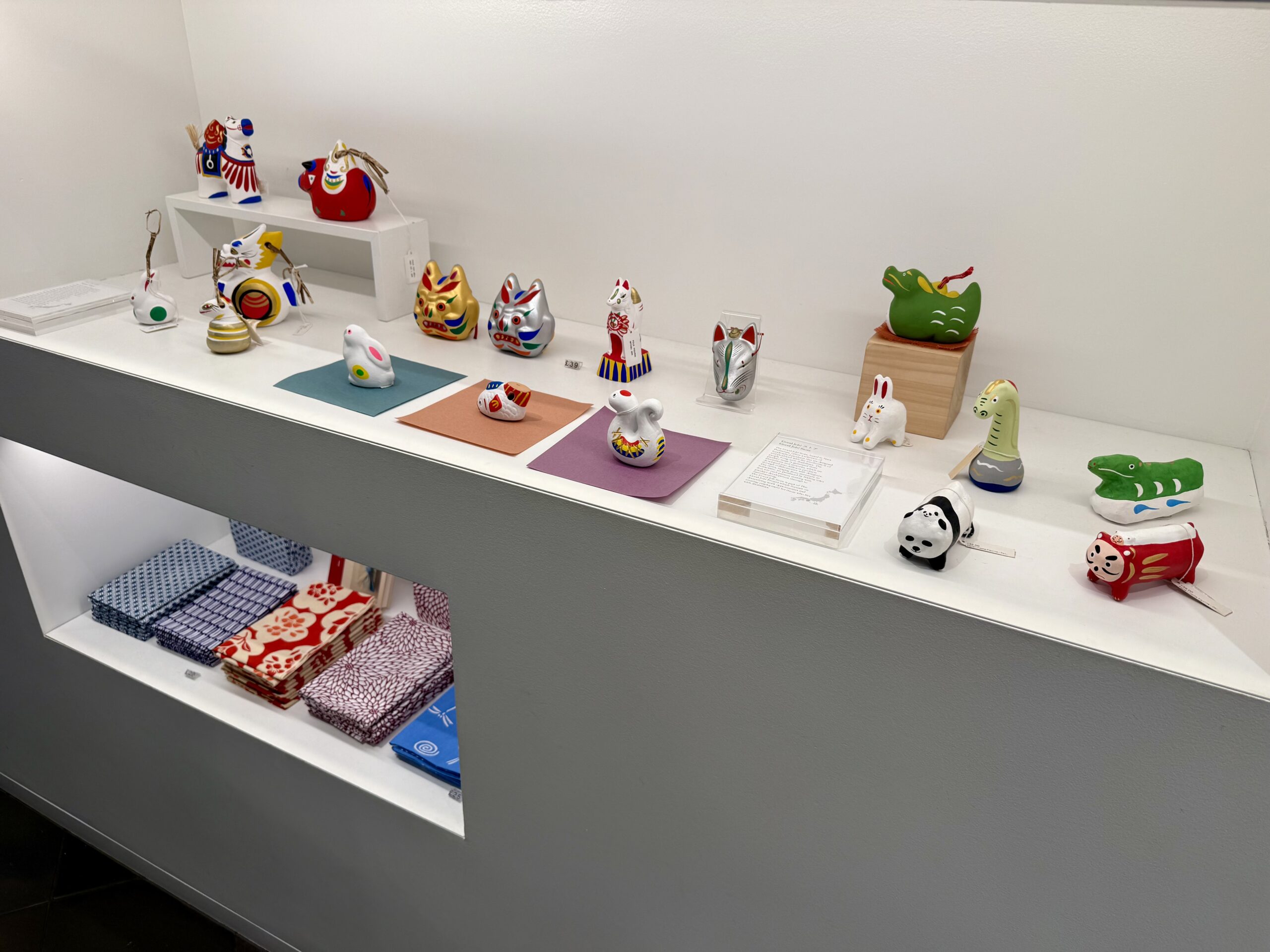

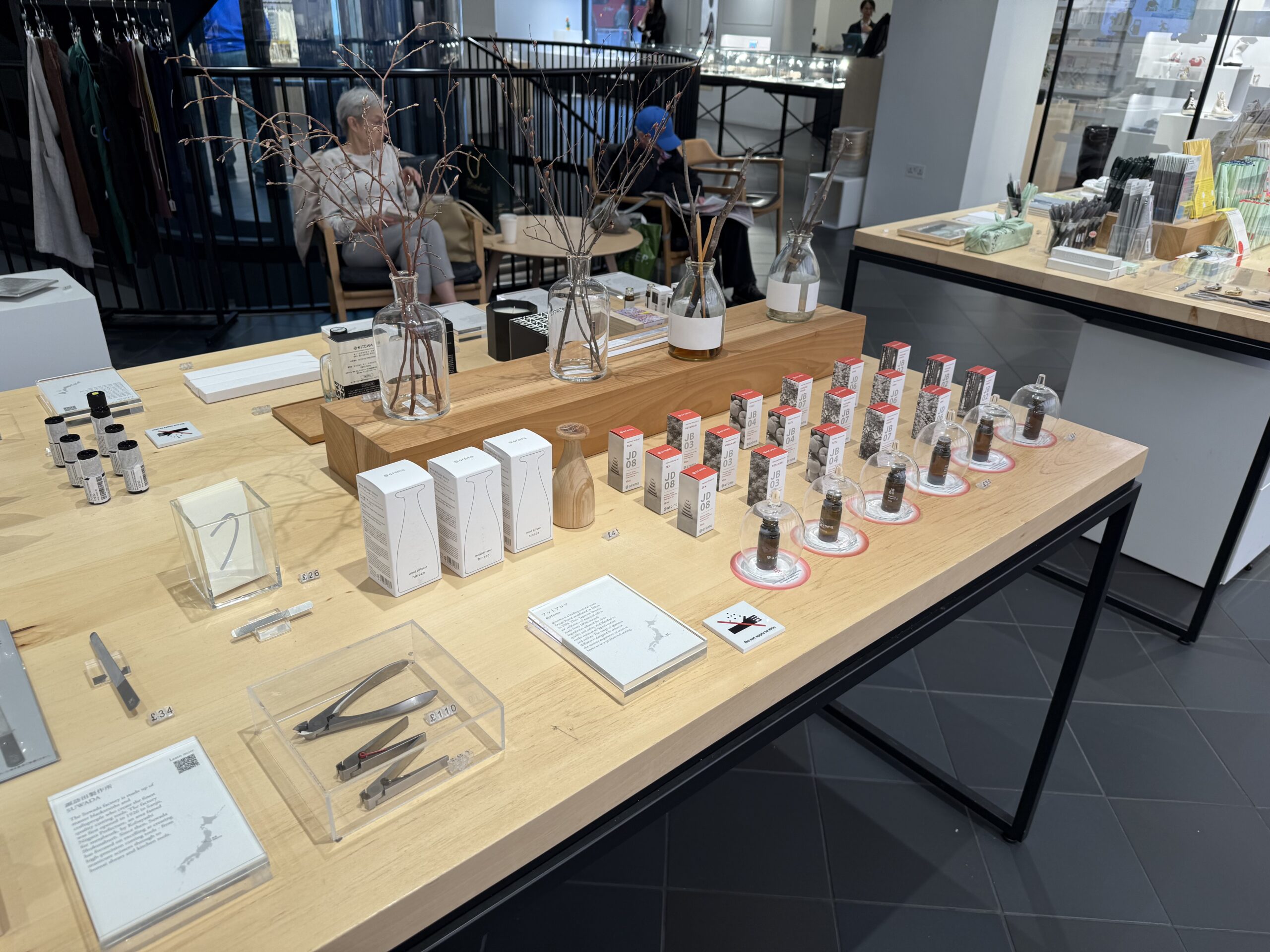
Pictograms
This exhibition at Japan House London made me look at everyday life a little differently. It is that provocative.
Post-war Japan needed a new visual language. It had to be quick, clear and universal, something that could help people navigate a modernising society. The result was the pictogram. At first it bridged communication gaps between generations, but over time it became part of Japan’s identity and then the world’s. Look at your clothing tags or phone packaging today and you will see Japanese-inspired pictograms everywhere.
What struck me is how much this way of thinking shaped Japanese stationery. Open a Hobonichi or Midori planner and you find the same commitment to clarity and speed of communication. Symbols, icons and layouts are designed not just to look neat but to guide you instantly. It is the same principle as a railway sign or an airport exit symbol. Design that quietly improves your day without you even noticing.
The exhibition’s use of 3D Vantablack versions brought that home. Simple arrows and stick figures suddenly felt like objects of art. It showed me that even in Japan’s most functional design there is always room for playfulness and a touch of poetry. That is the balance that makes their stationery so satisfying to use.
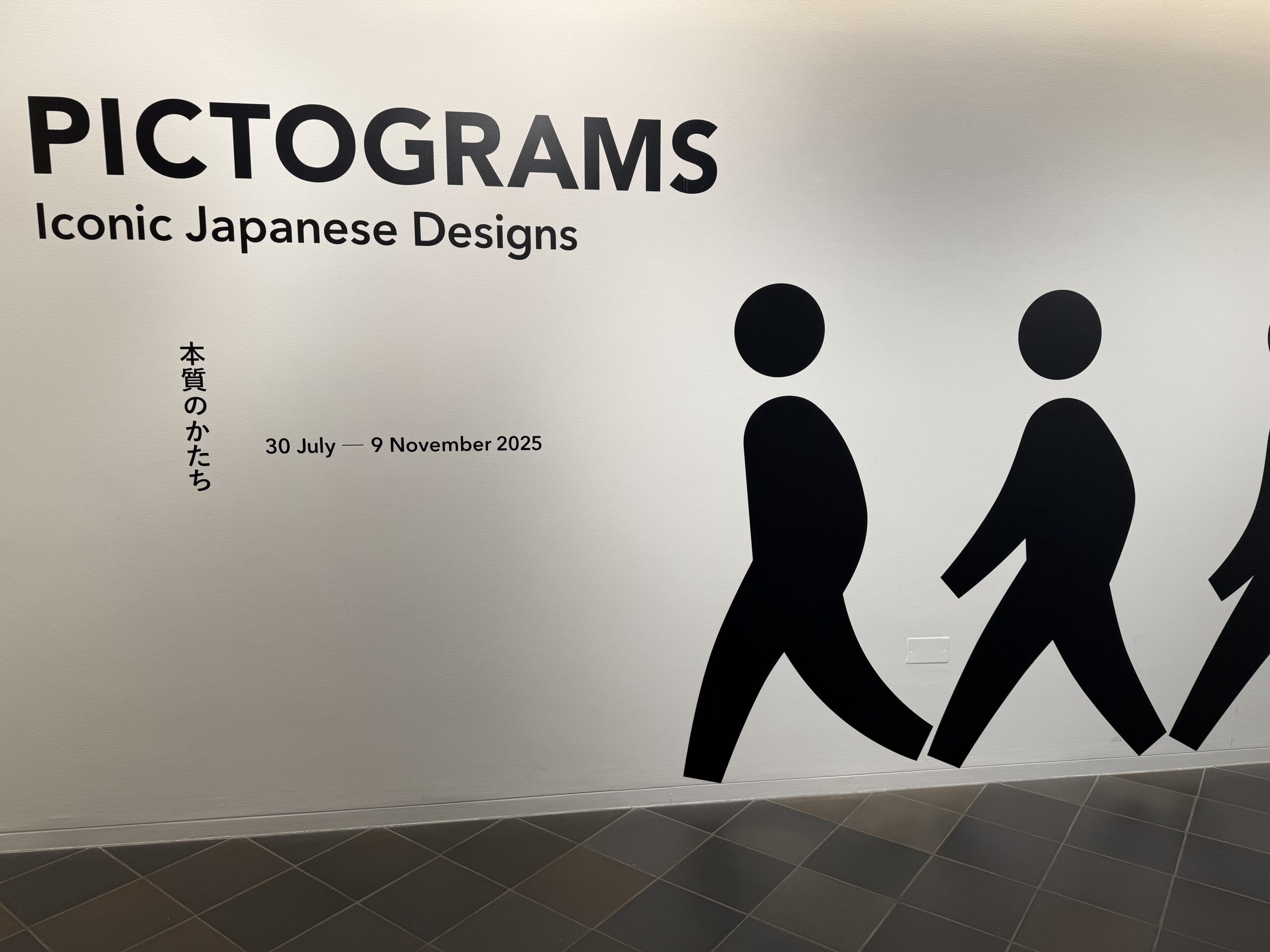
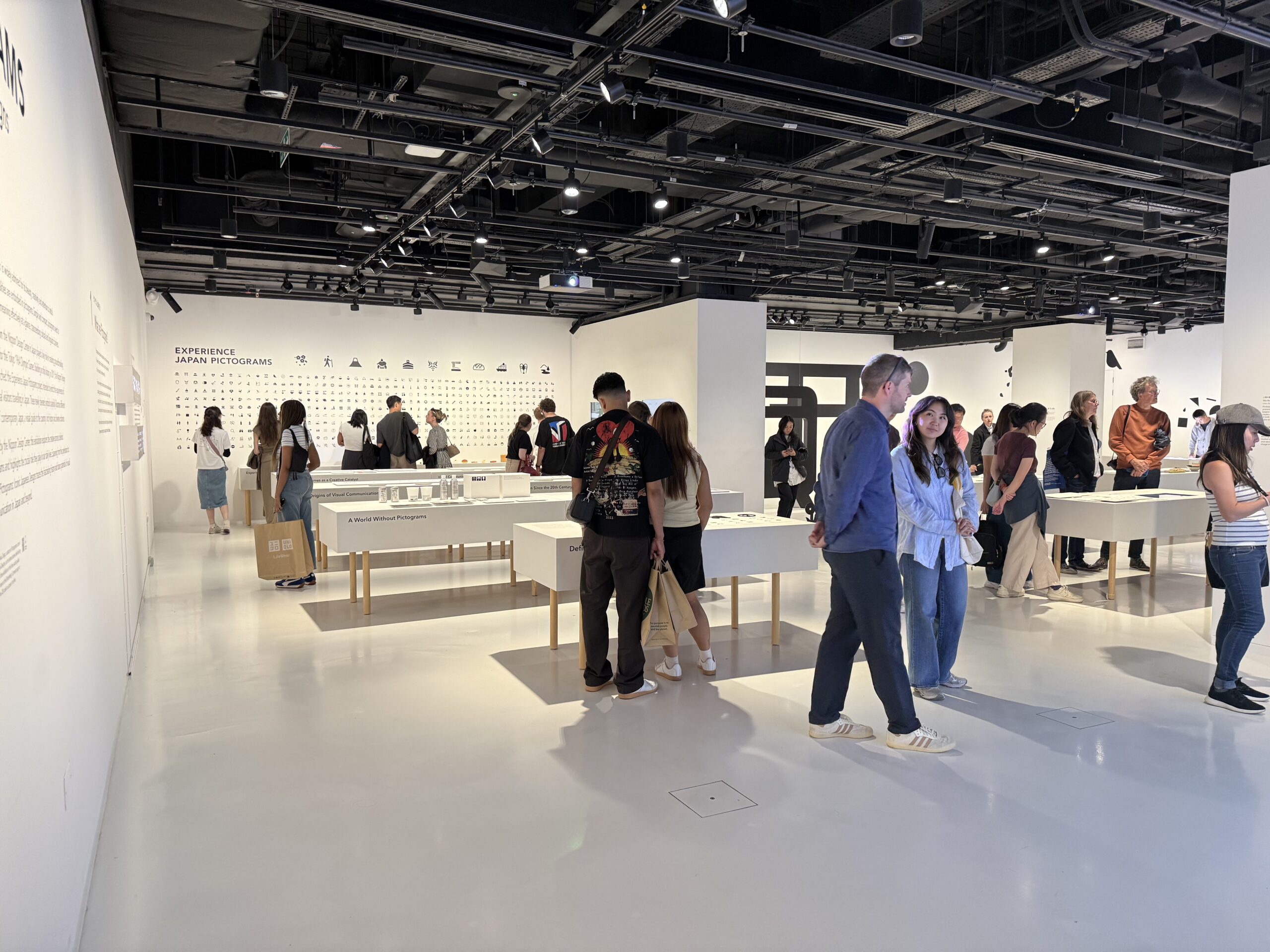
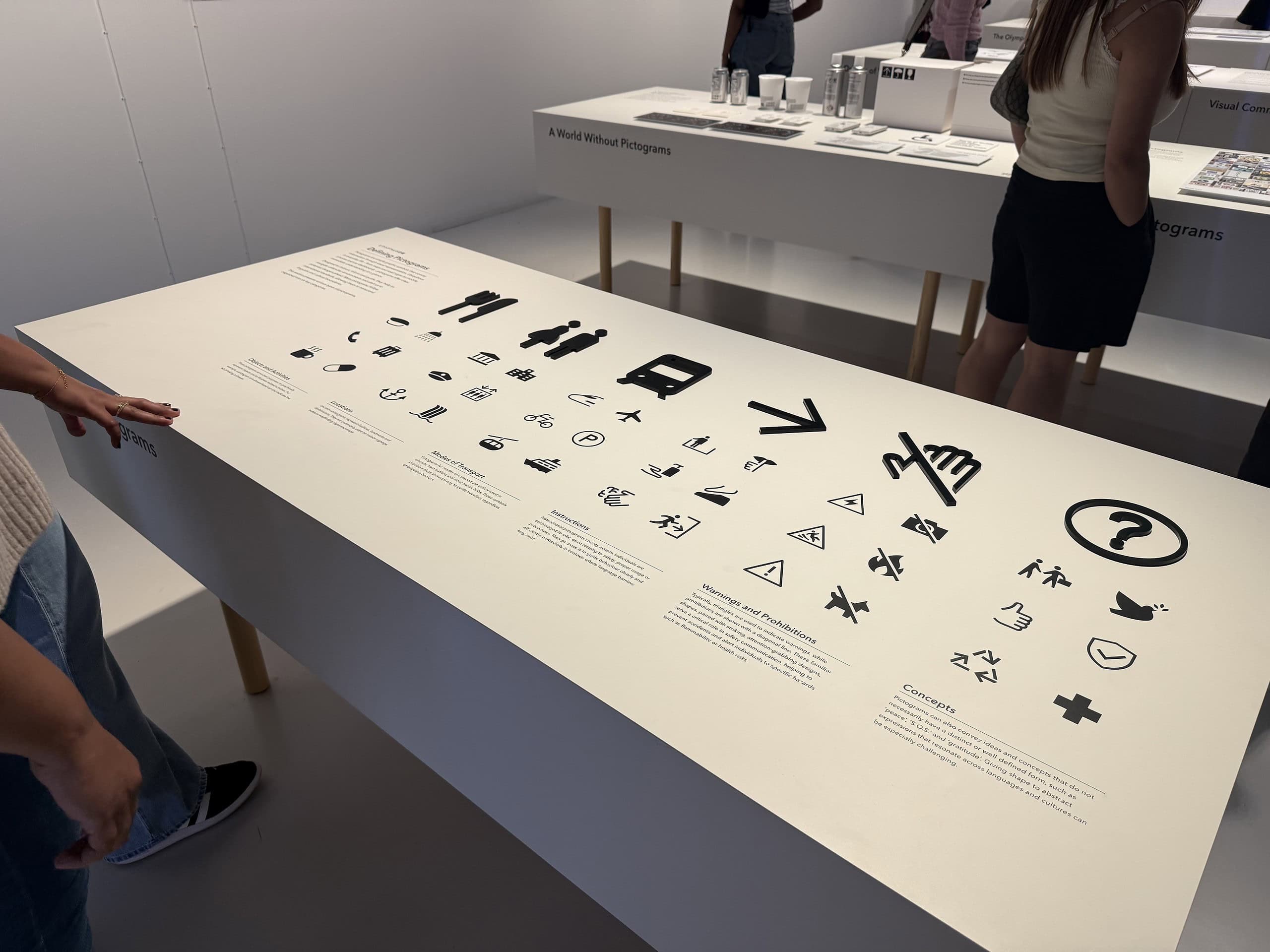
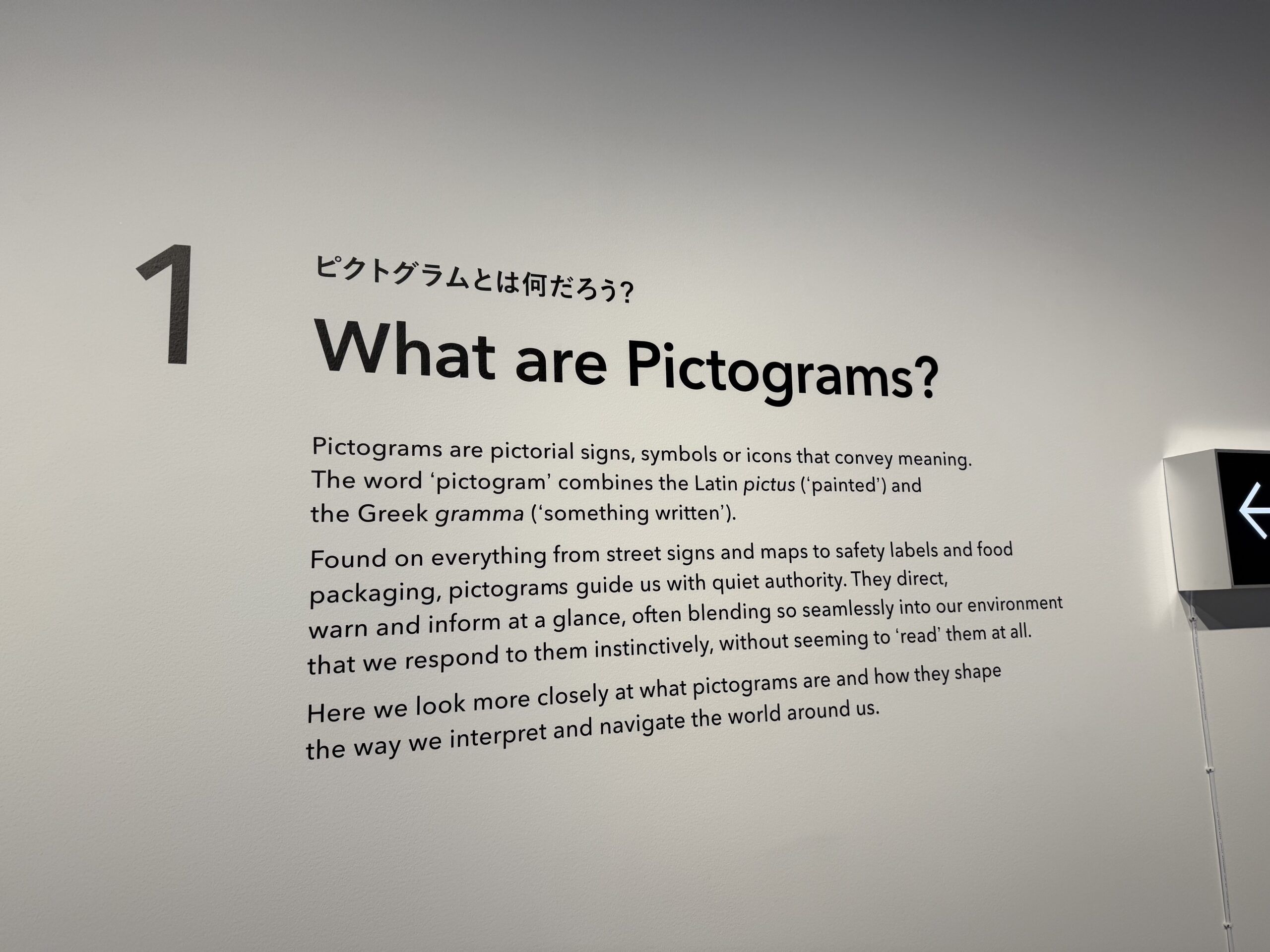
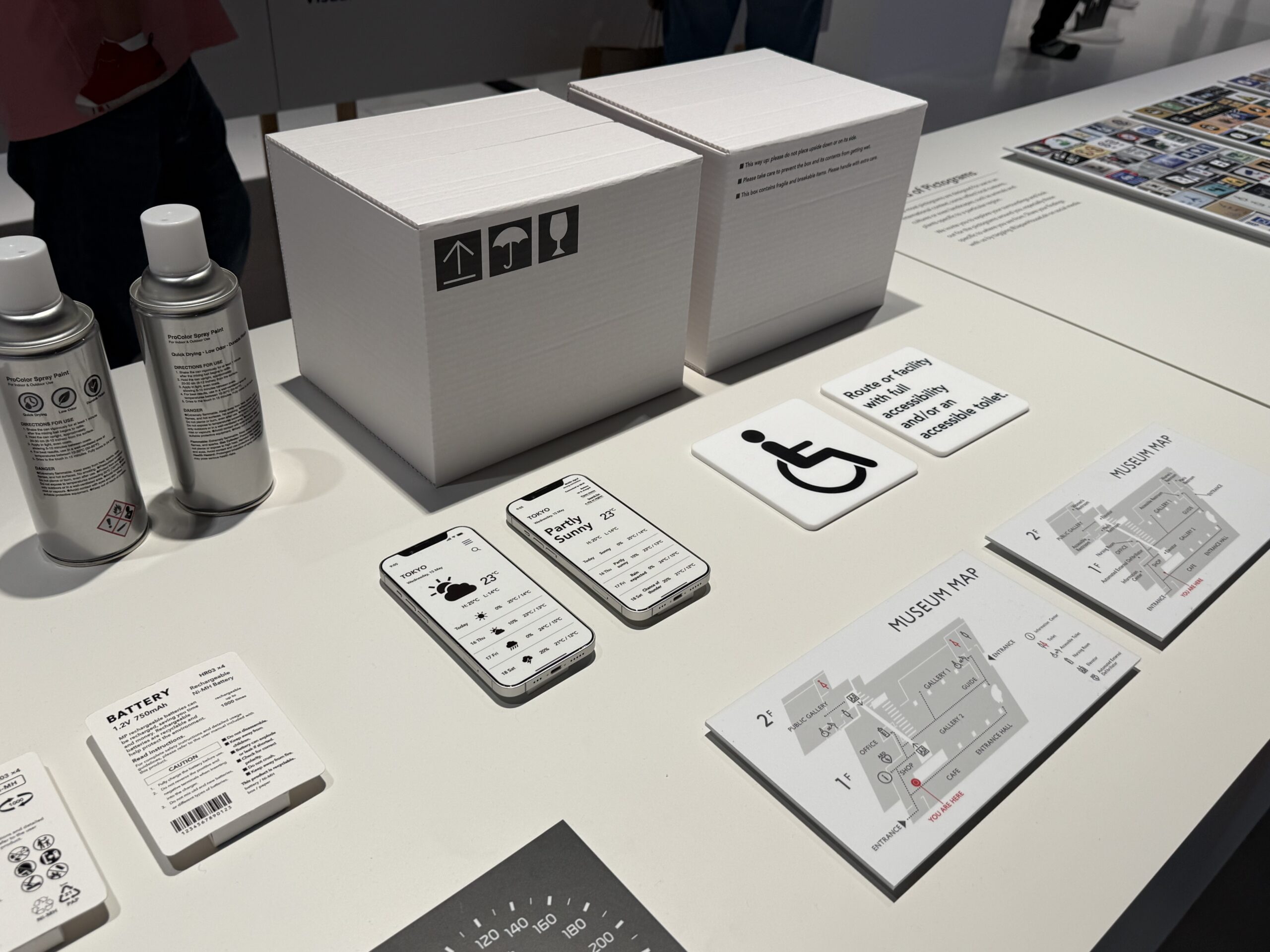
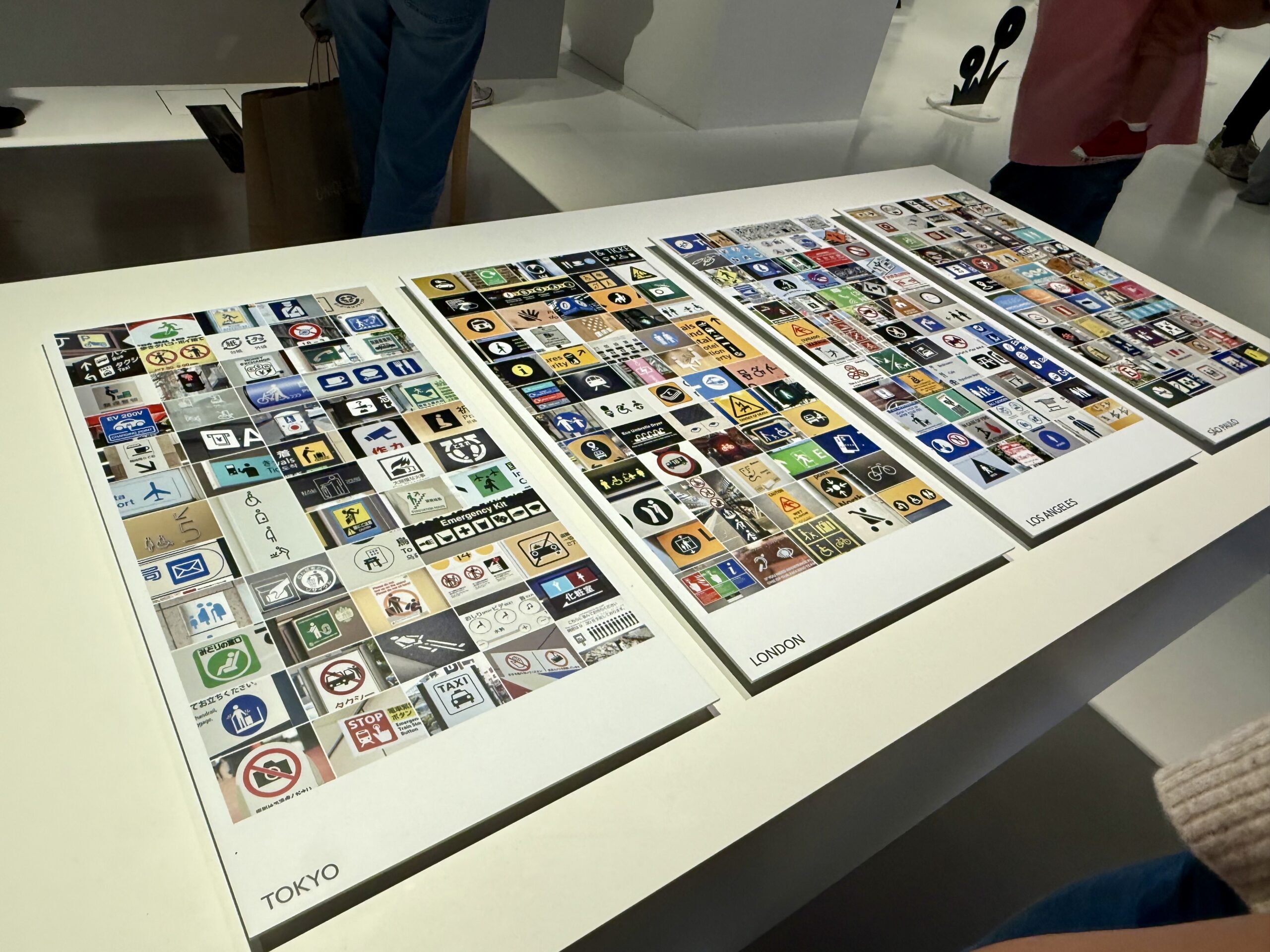
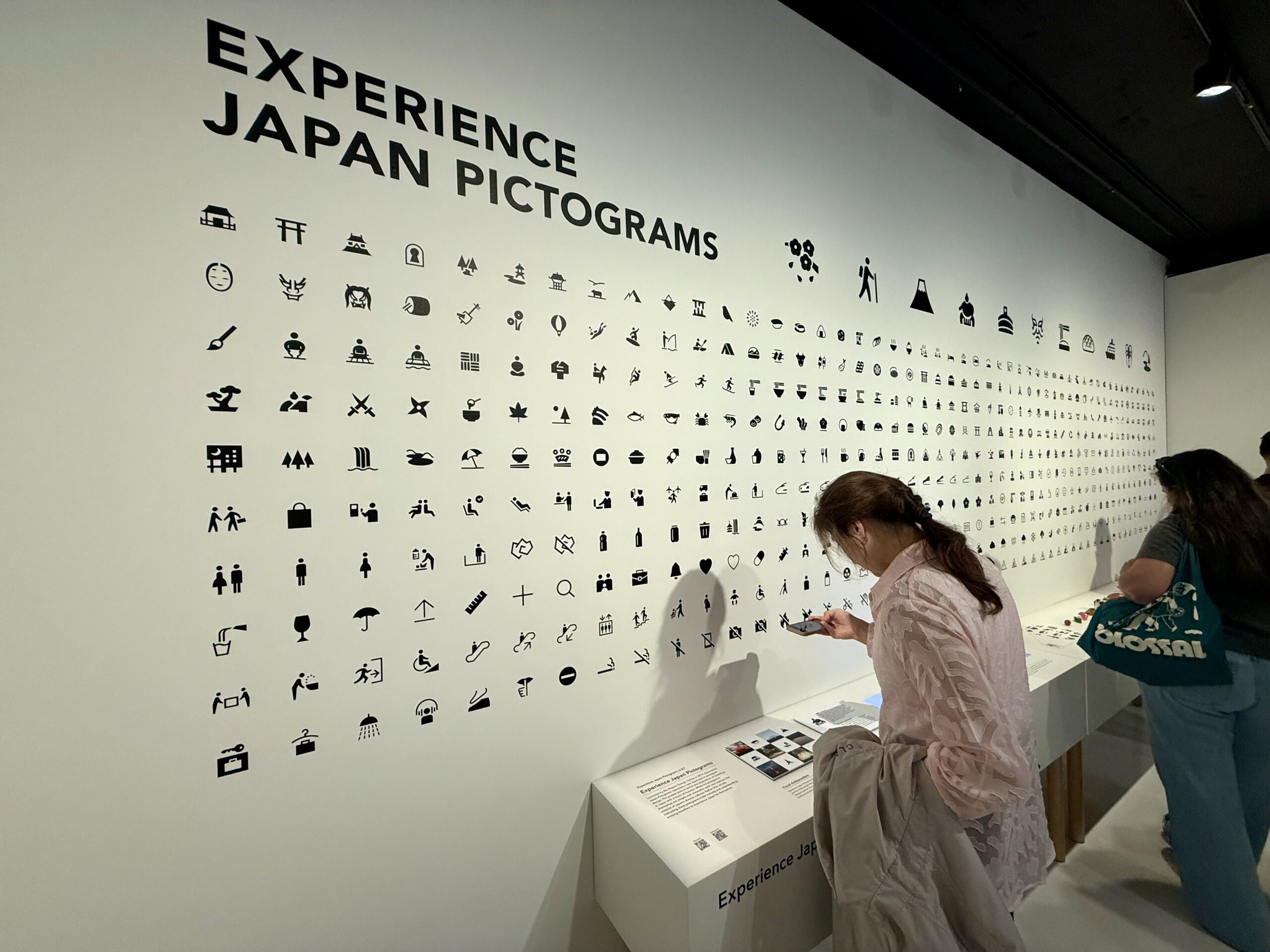
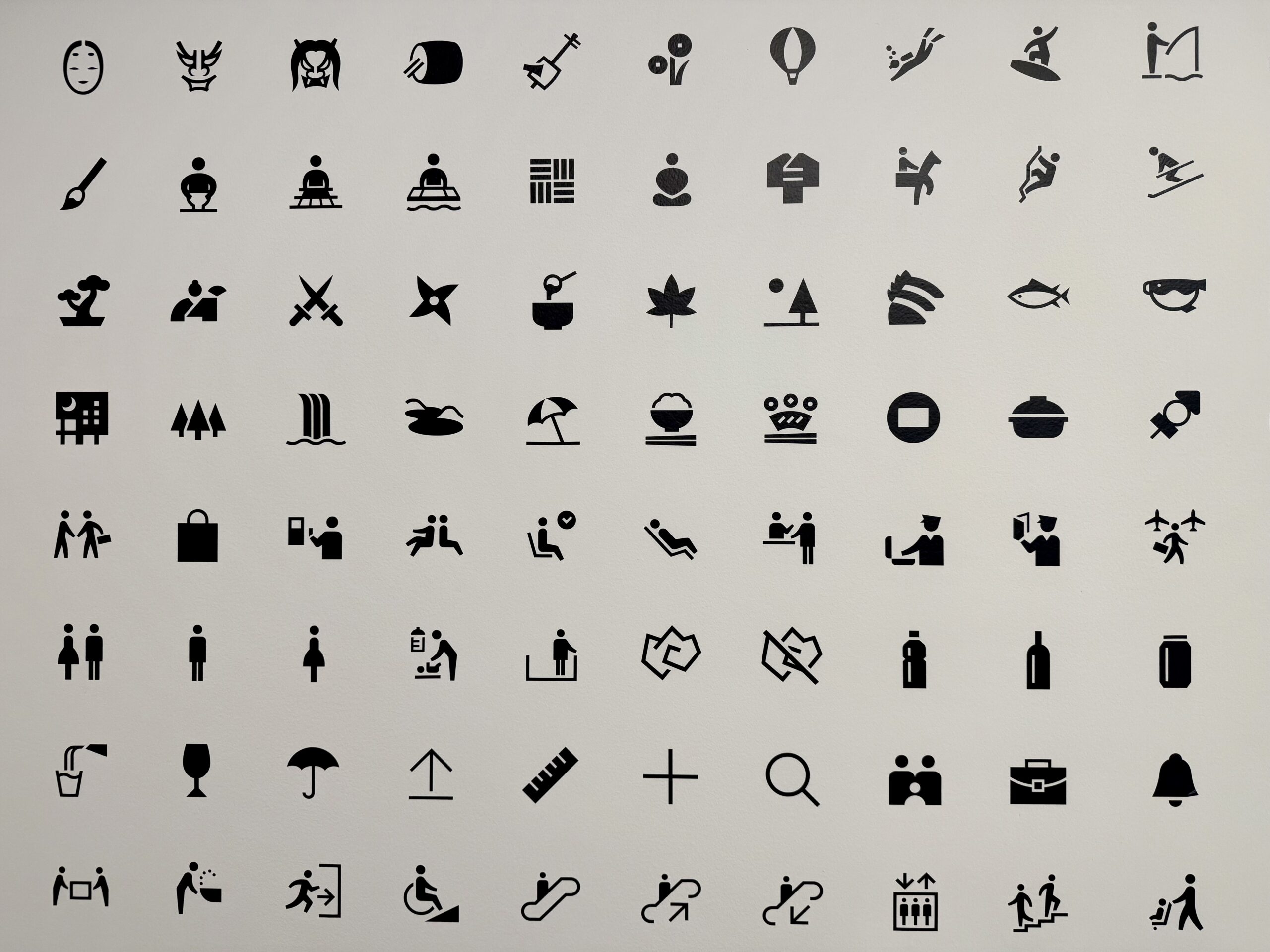
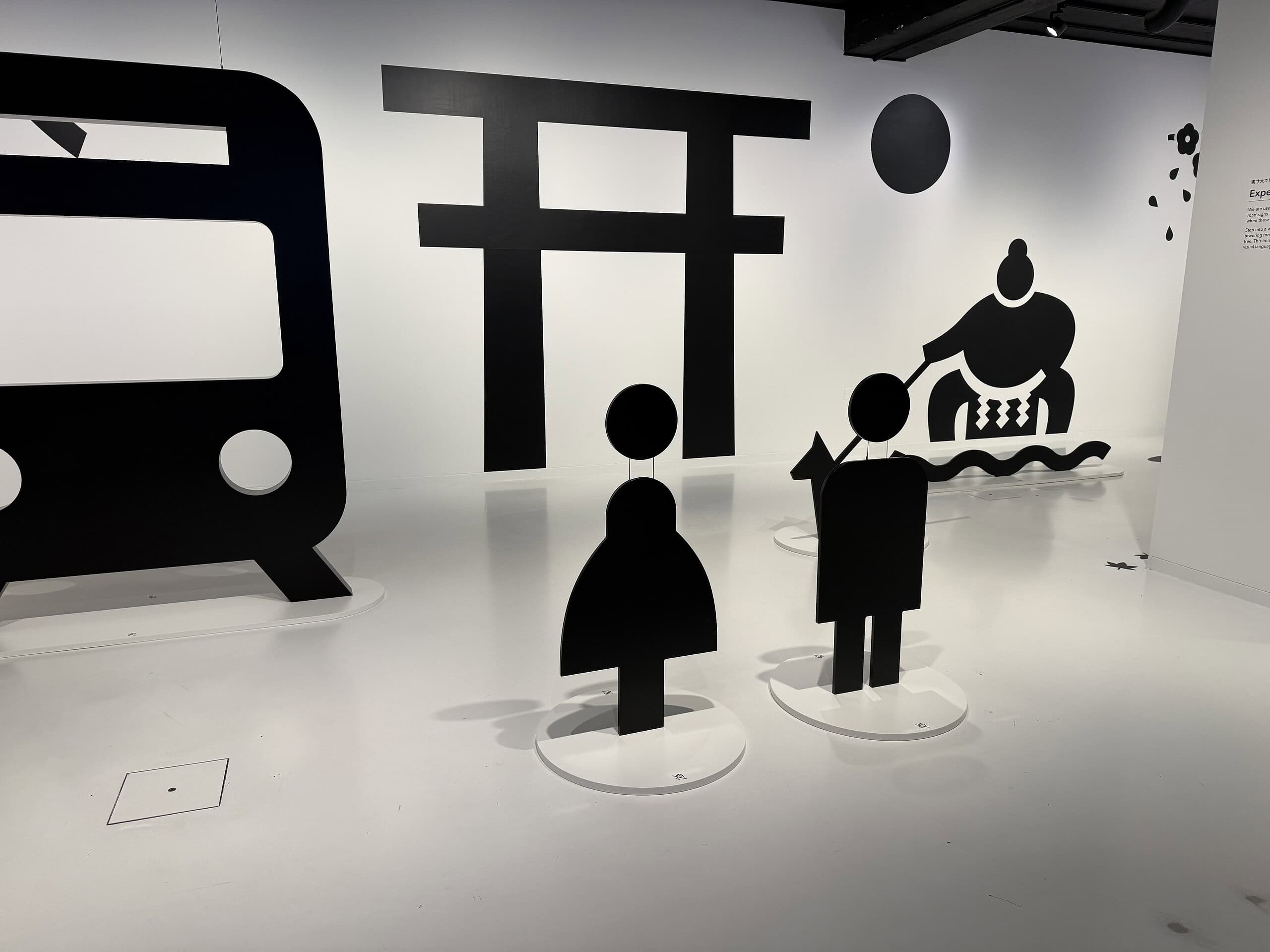
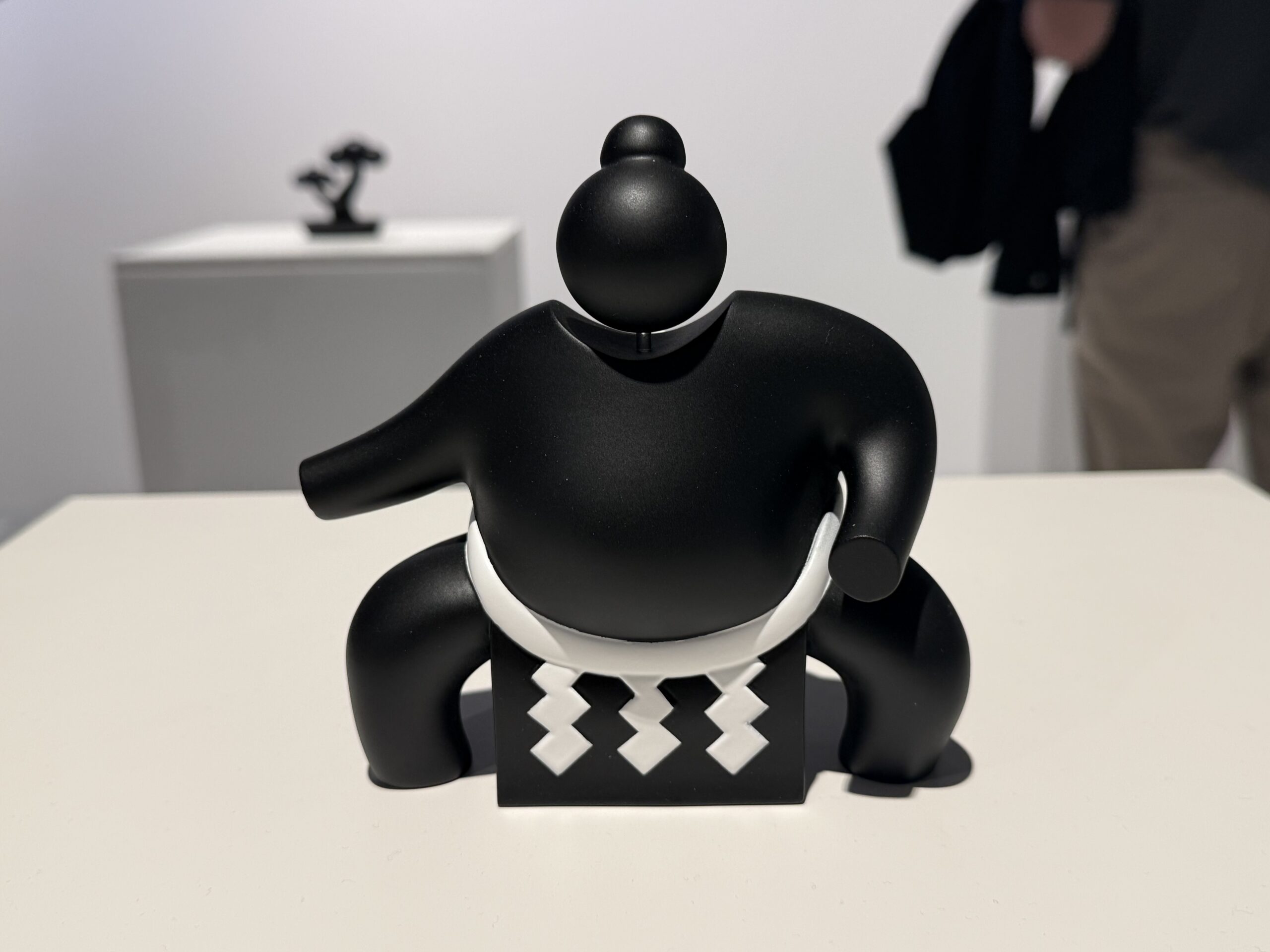
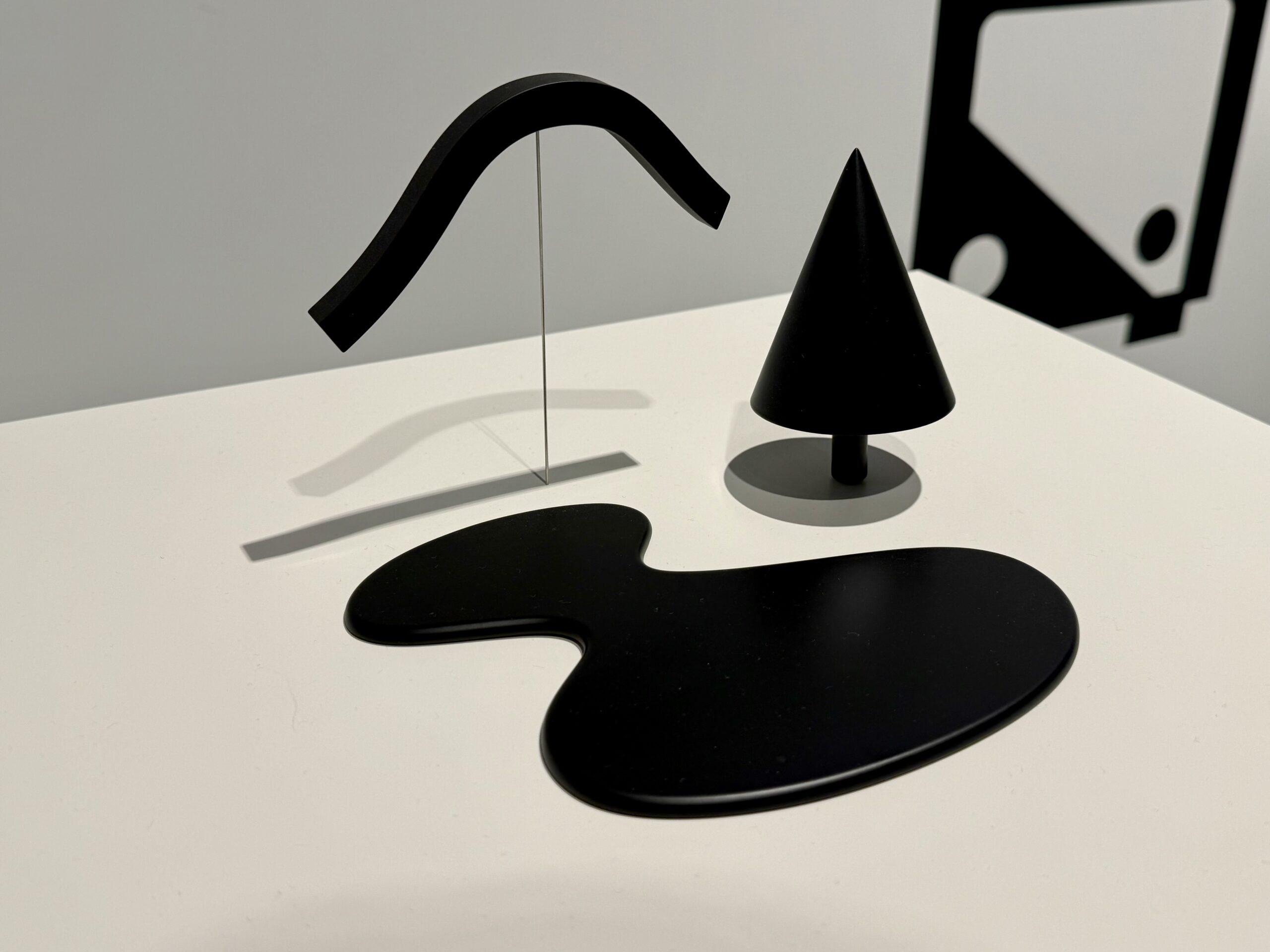
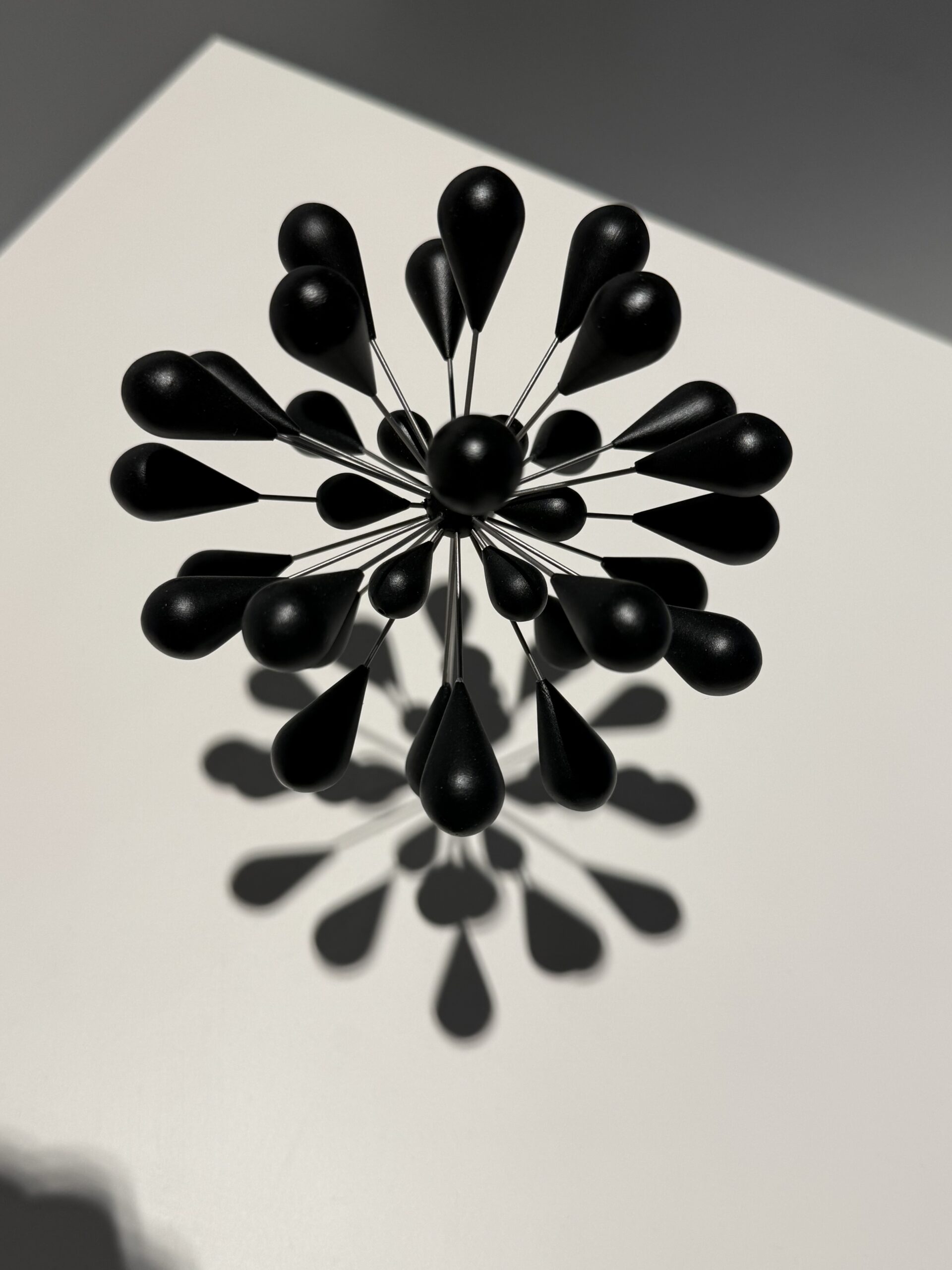
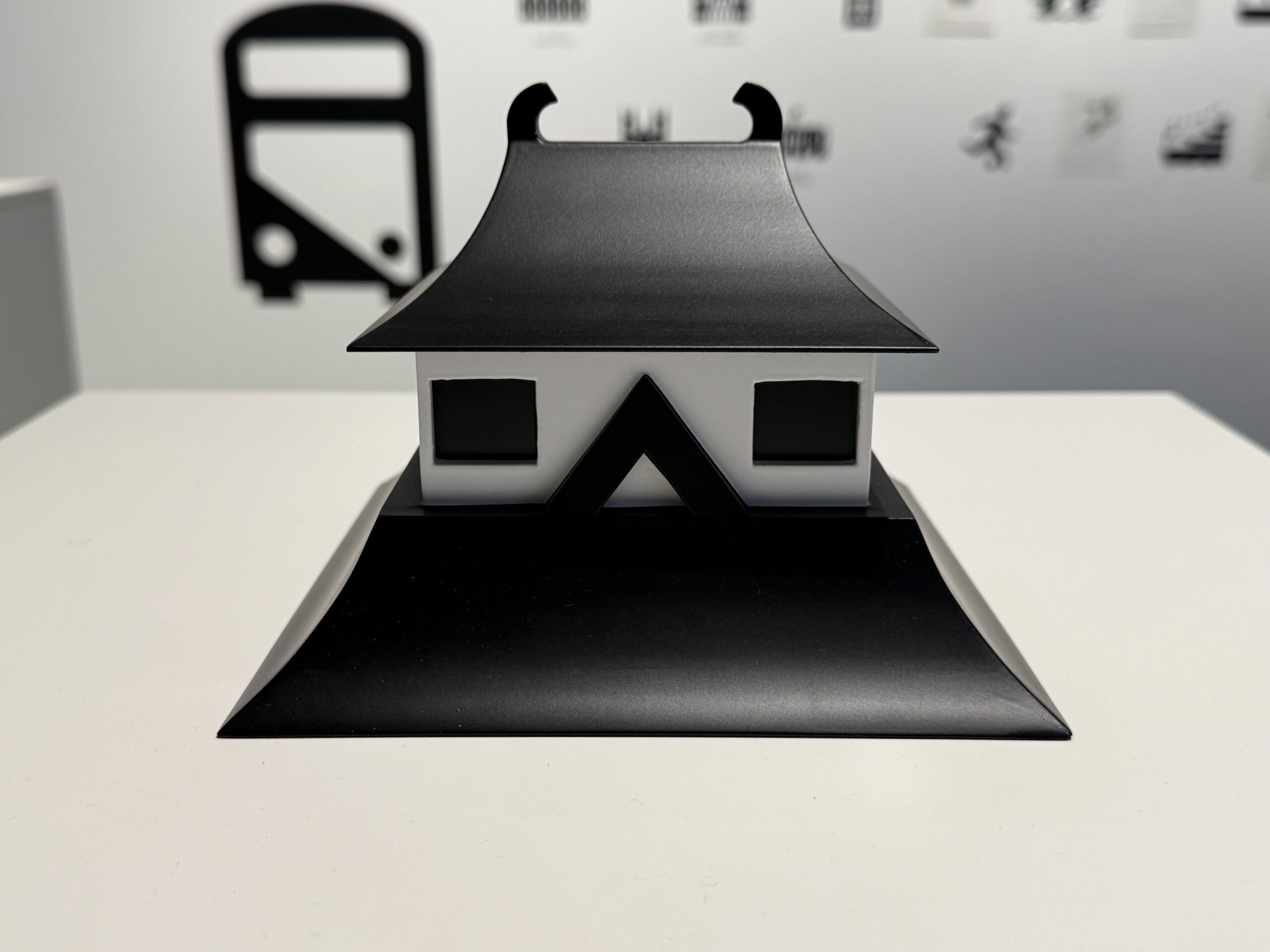
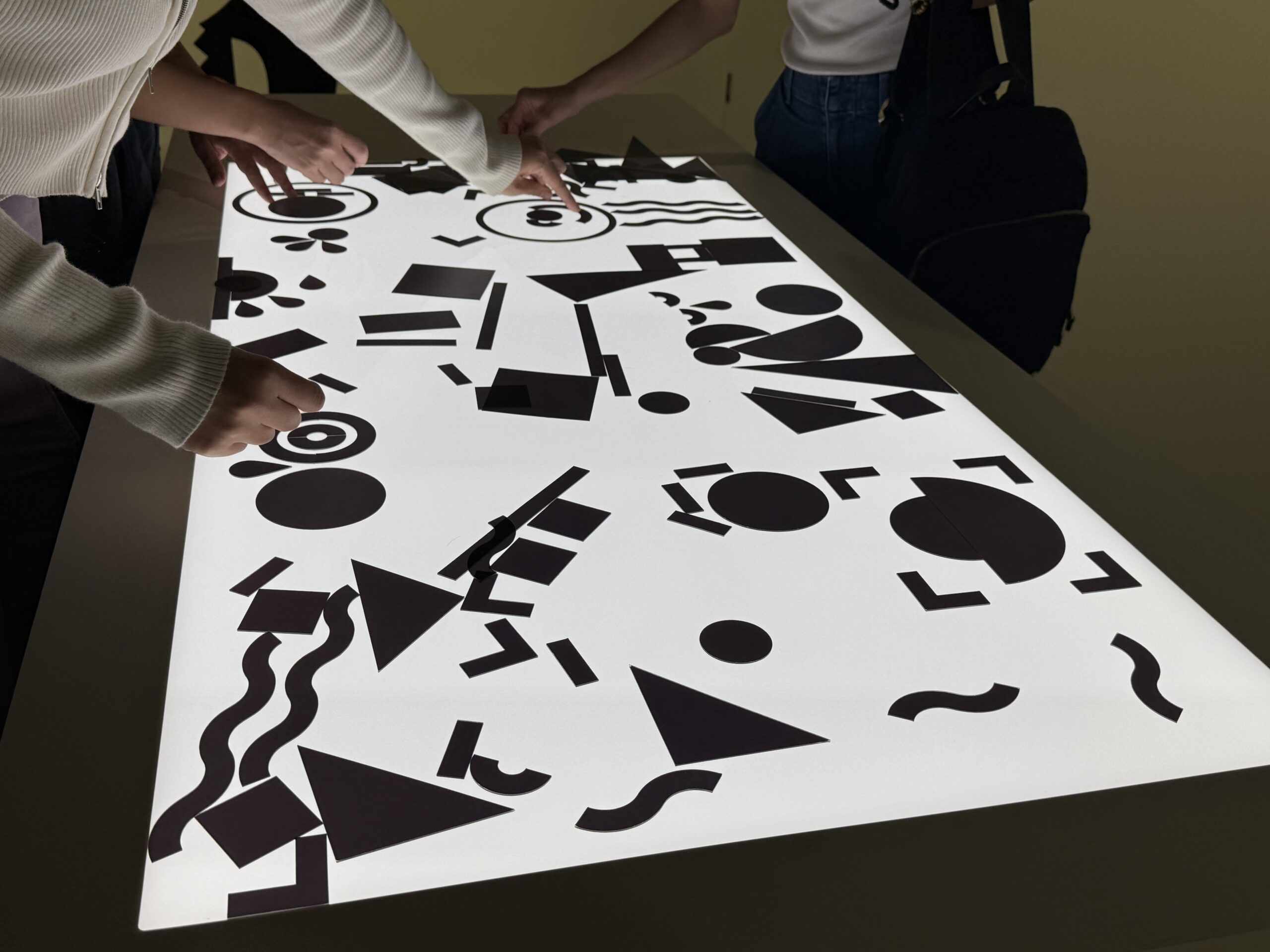
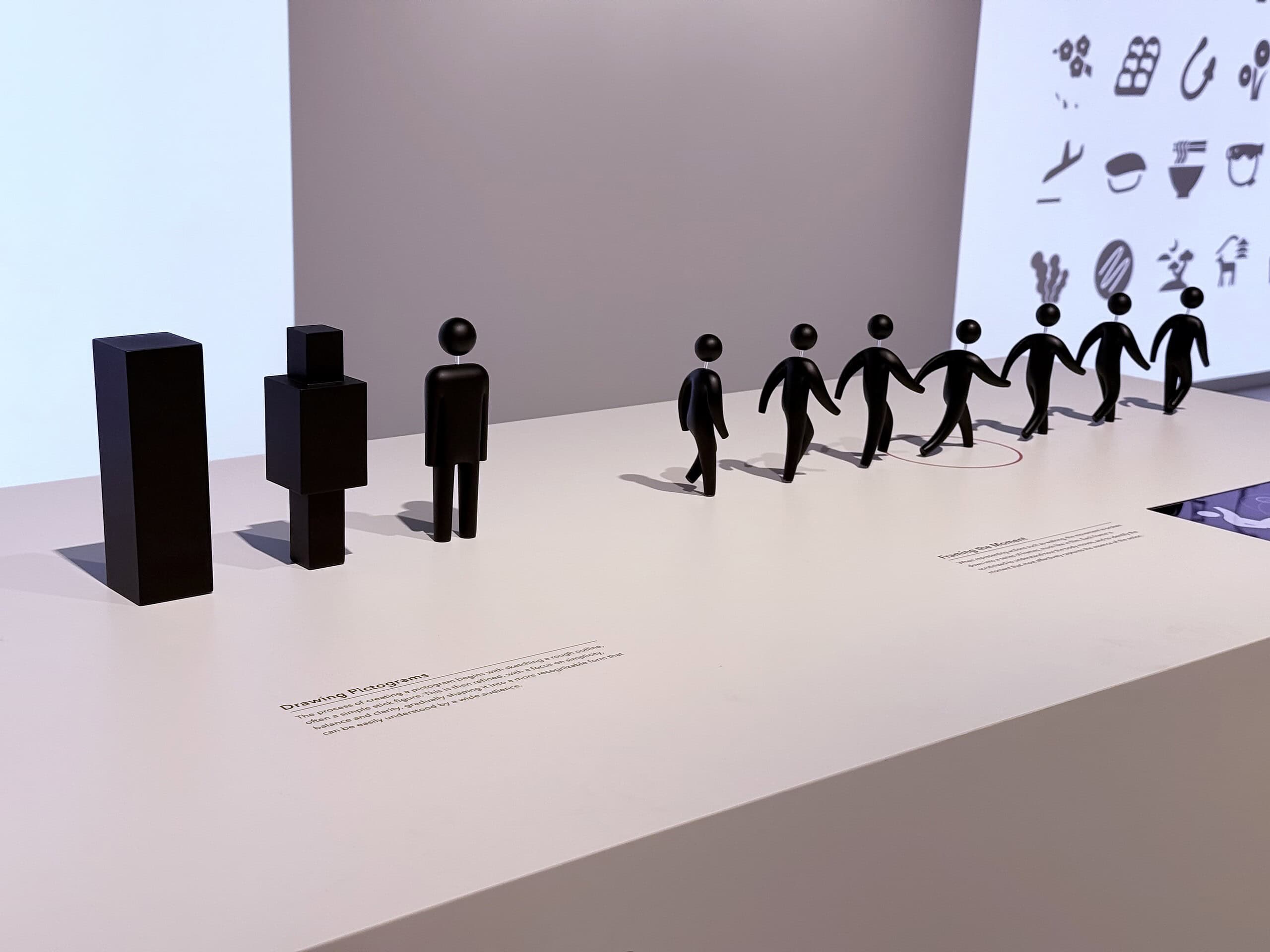
Stationery
This is the reason you’re reading this article!
Japan House London’s stationery floor feels more like a curated museum of Japanese design than a shop. Each table is laid out with breathing space, explanatory cards and products displayed almost like artefacts. Prices are at full international RRP, often double or triple the cost in Japan, which makes this less about bargain hauls and more about appreciation.
Stalogy is front and centre, with the Editor’s Series notebooks in bold red, grey and black. Their ultra-thin yet fountain-pen-friendly paper and functional layouts have made them cult objects worldwide. Next to them, Craft Design Technology brings sharp minimalism to pens, scissors and stationery accessories, with even everyday tools like rulers and cutters presented like design pieces.
Kokuyo is represented with the Harinacs Press stapler, which binds sheets without staples, a clever bit of innovation that eliminates waste. Rows of Pilot and Pentel pens sit nearby, showing how even standard writing tools in Japan are refined to be ergonomic, durable and quietly excellent. Playfulness comes through in Midori D-Clips shaped like animals, and Tiptoes panda bookmark pens. Washi tapes, stacked in trays, carry delicate patterns from florals to geometrics, proving that even tape is an opportunity for design.
On another table, I found temari thread balls from Wakayama, intricately hand-stitched and carrying centuries of Japanese craft heritage, priced between £12 and £15. They sit beside everyday desk pens and notebooks, a reminder of how stationery in Japan flows seamlessly between tradition and modernity. They also look wonderful adorning any traveler’s notebook.
Moving into the second set of displays, the range widens further. Kokuyo Campus notebooks, Life Stationery Company’s Noble Note books and slim sectional pads are stacked with their trademark retro styling. CDT scissors reappear, alongside boxed XC Flower Shears in vivid colours like lime, yellow and cobalt blue. These are designed for floristry but fit perfectly into Japan’s approach of elevating every tool.
There are whimsical finds too. Wooden story cubes engraved with pictograms let children (and adults) build sentences in Japanese and English. Nearby sit enamelled Kihara Tokyo Icon porcelain pins, delicate souvenirs with designs of the Skytree and other landmarks. Super Normal, a book and product line curated by Naoto Fukasawa and Jasper Morrison, reinforces the theme: the beauty of the everyday object.
I noticed neat metal Toyo Steel toolboxes, shown here in silver, red and blue, which are favourites among Japanese stationery fans for keeping pens and washi tape organised. Even these have become design icons.
Taken together, this is not a place for piling your basket high. At £24 for a Stalogy half-year book or £78 for CDT scissors, the prices make you pause. But that pause is part of the experience. These products are presented to be admired, handled and appreciated for the ideas they embody. They remind you that stationery in Japan is not a category of cheap throwaways, it is a space for innovation, beauty and cultural expression.
I did not do a haul here. Instead I left with a deeper respect for the fact that in London, on High Street Kensington, you can encounter the very best of Japanese stationery and design thinking in one place. The products are beautiful, and they speak volumes about how everyday tools can shape how we live, work and create.
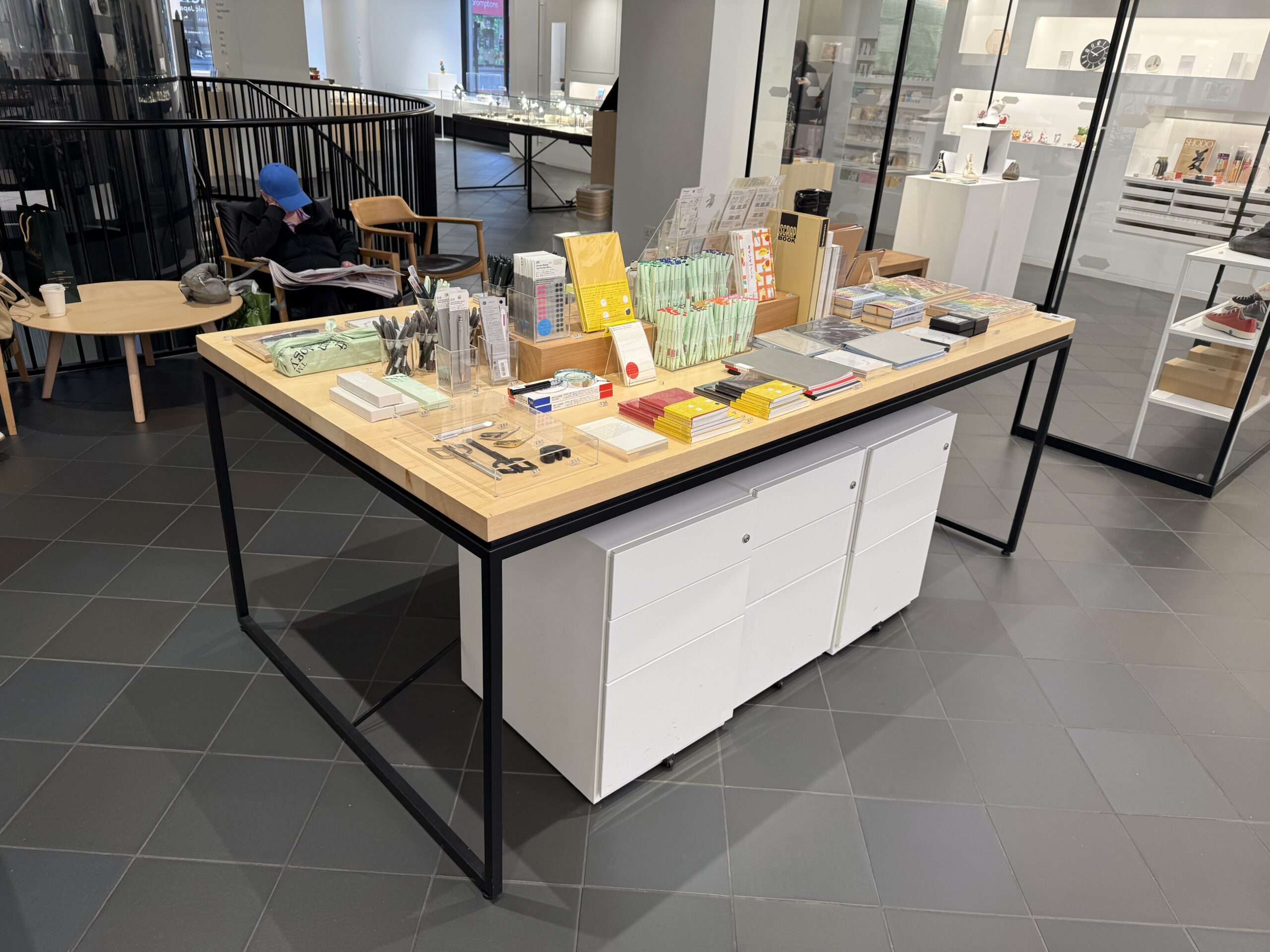
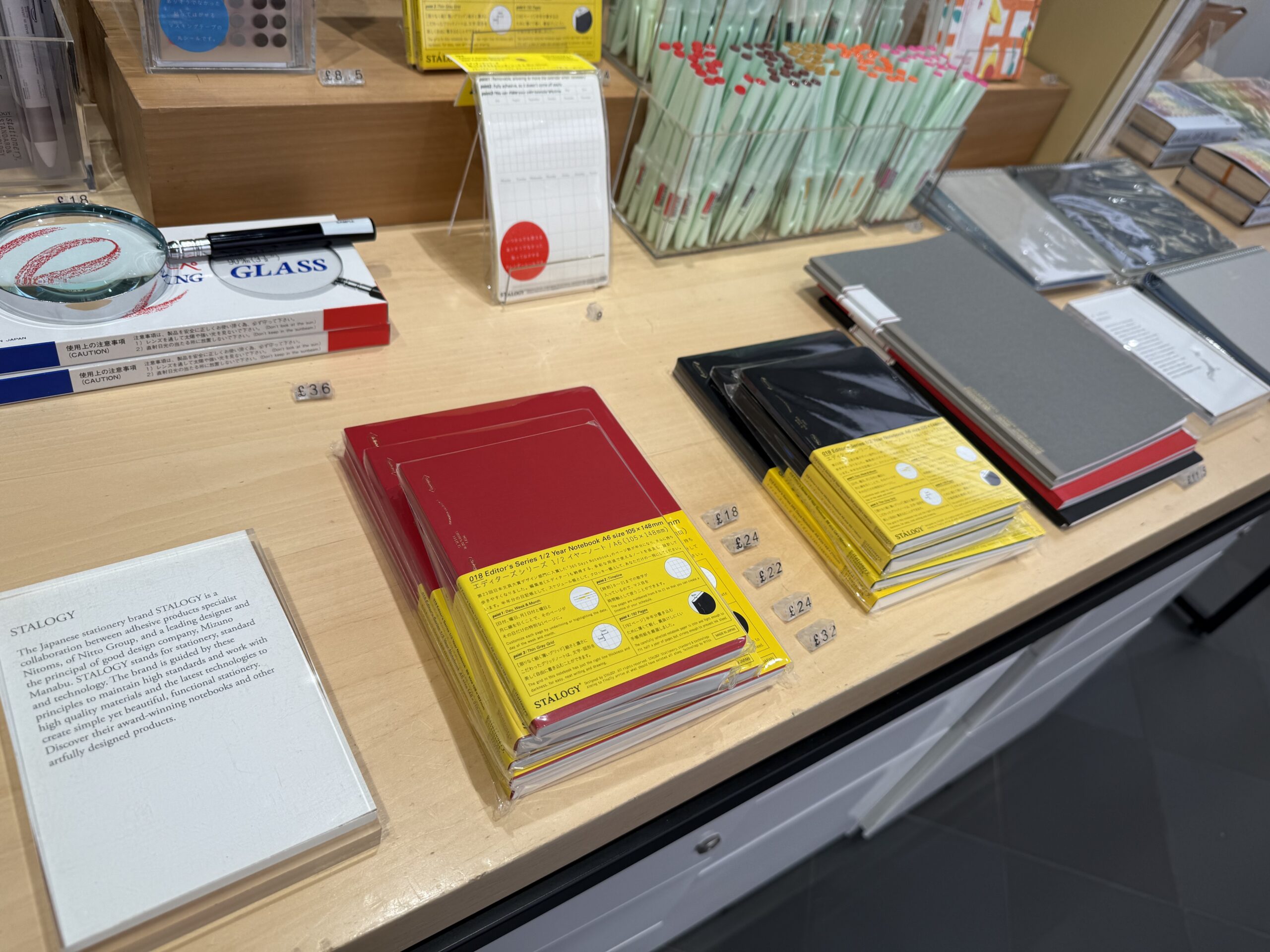
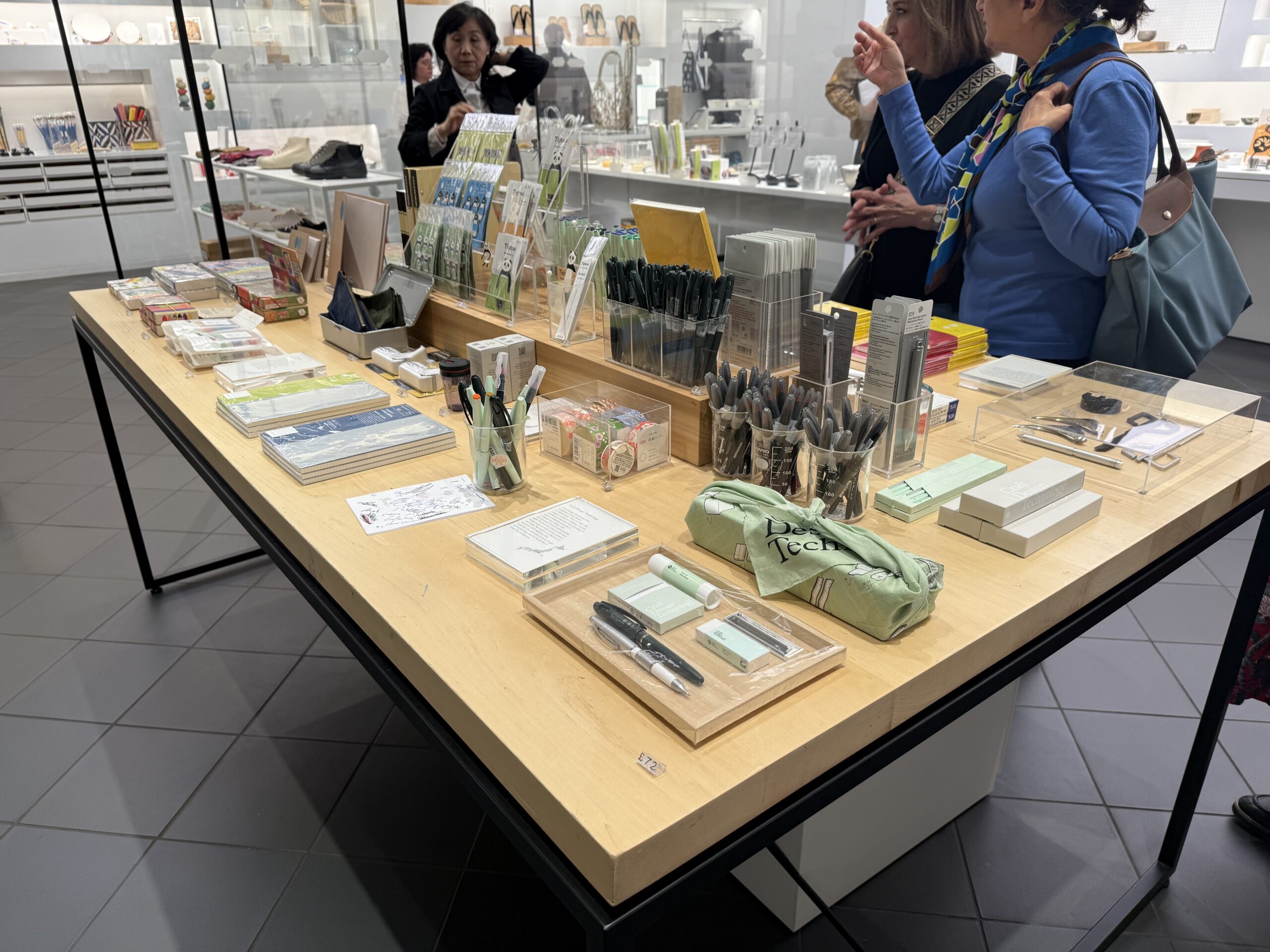
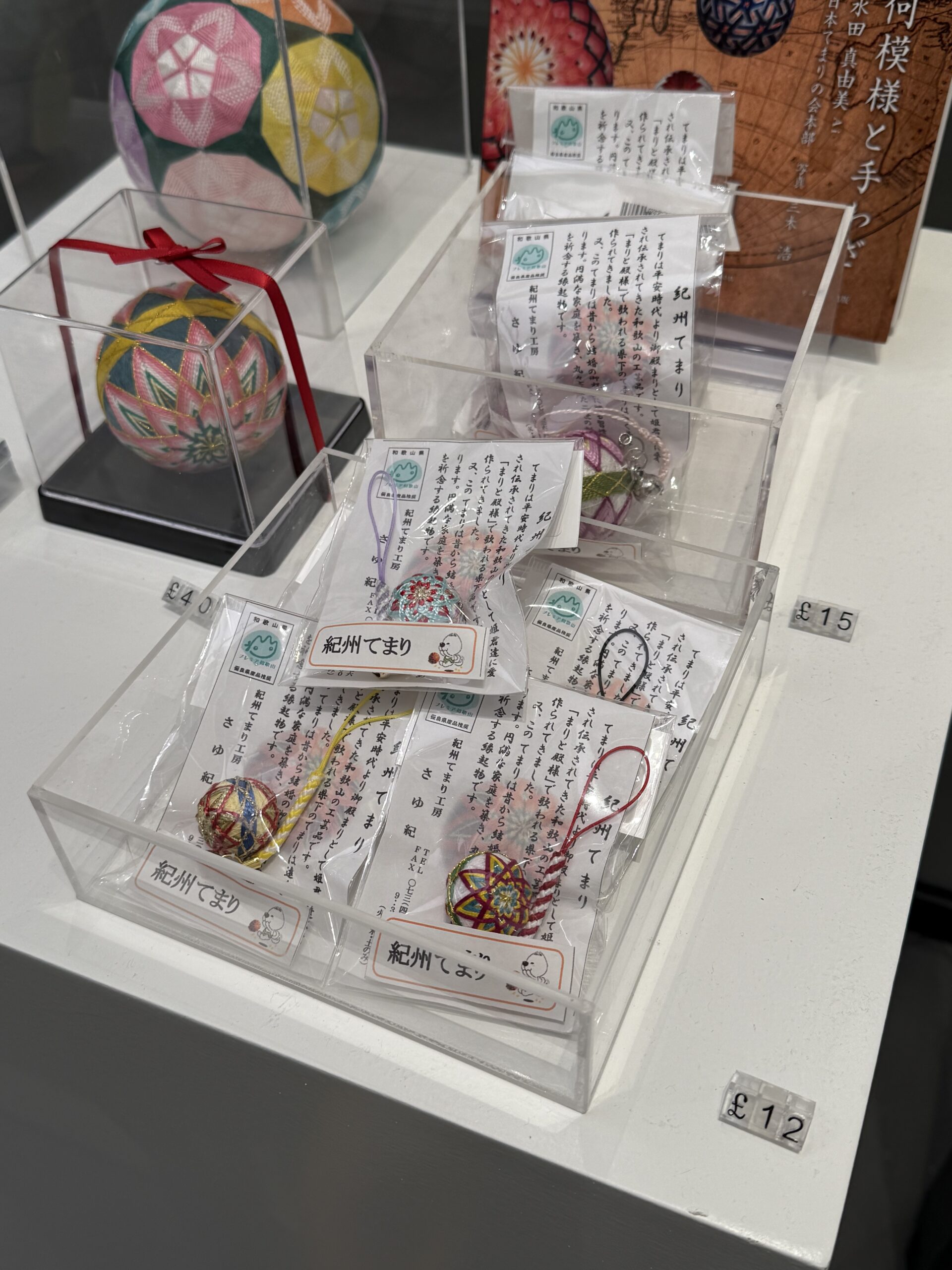
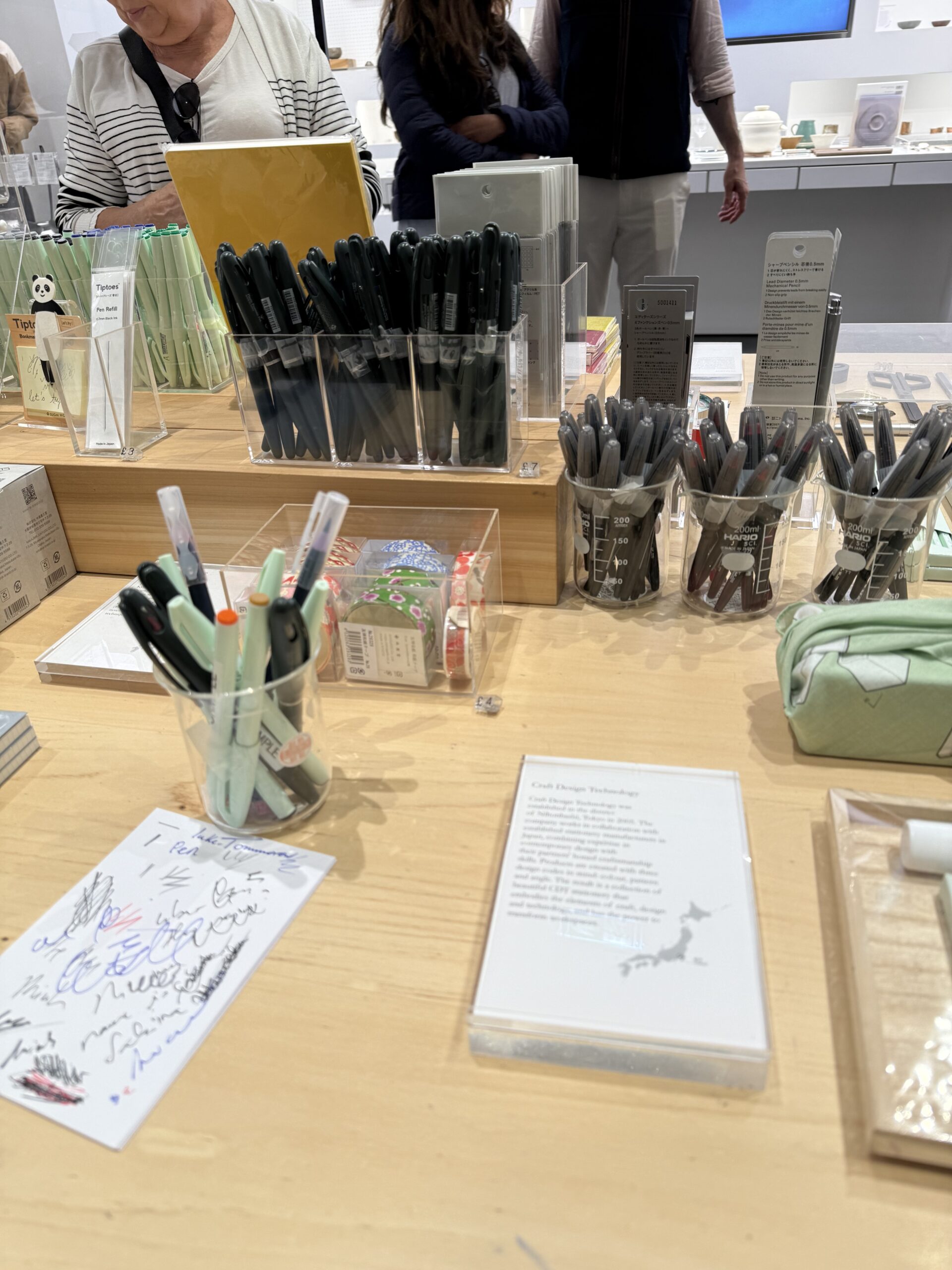
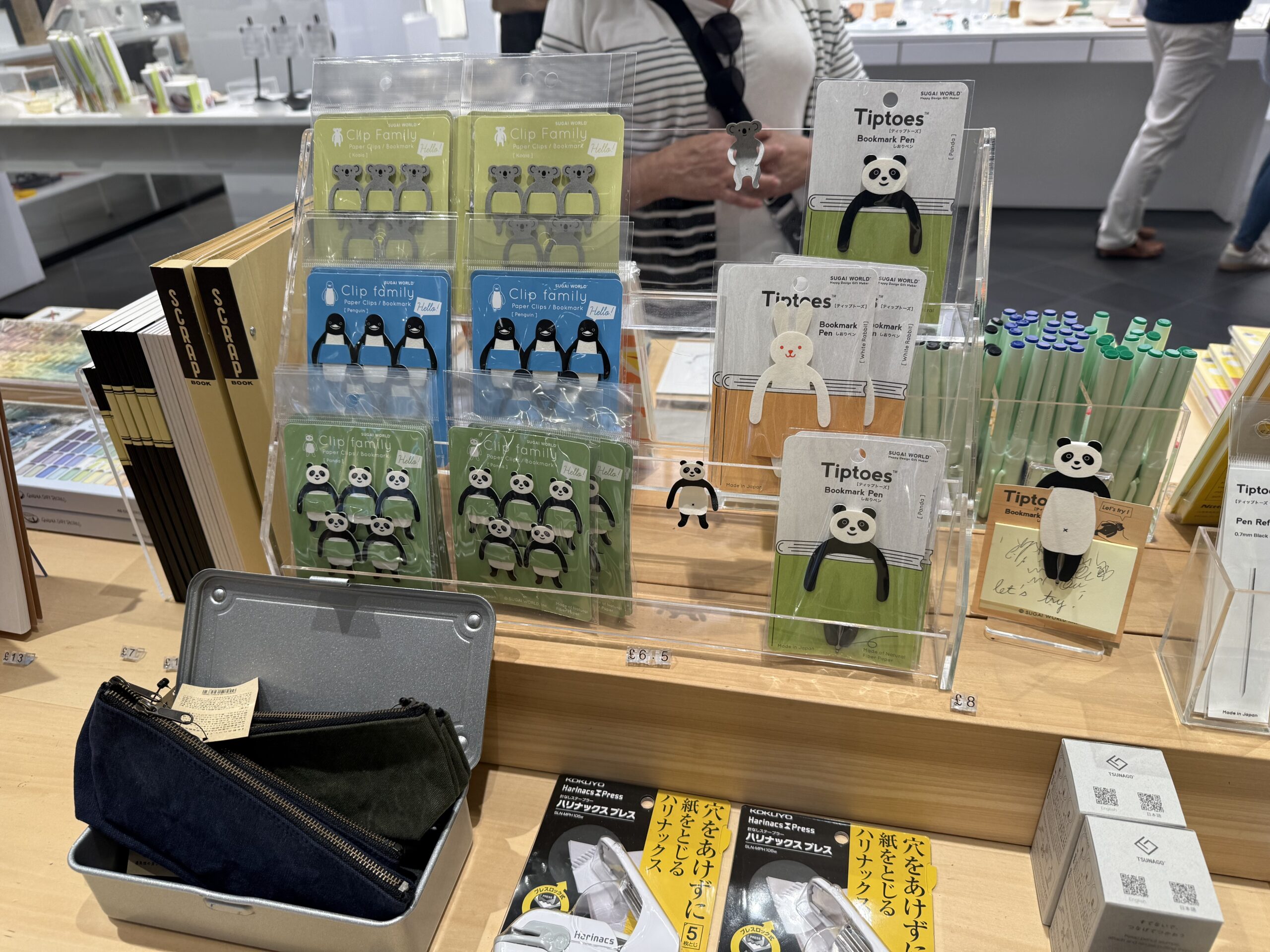
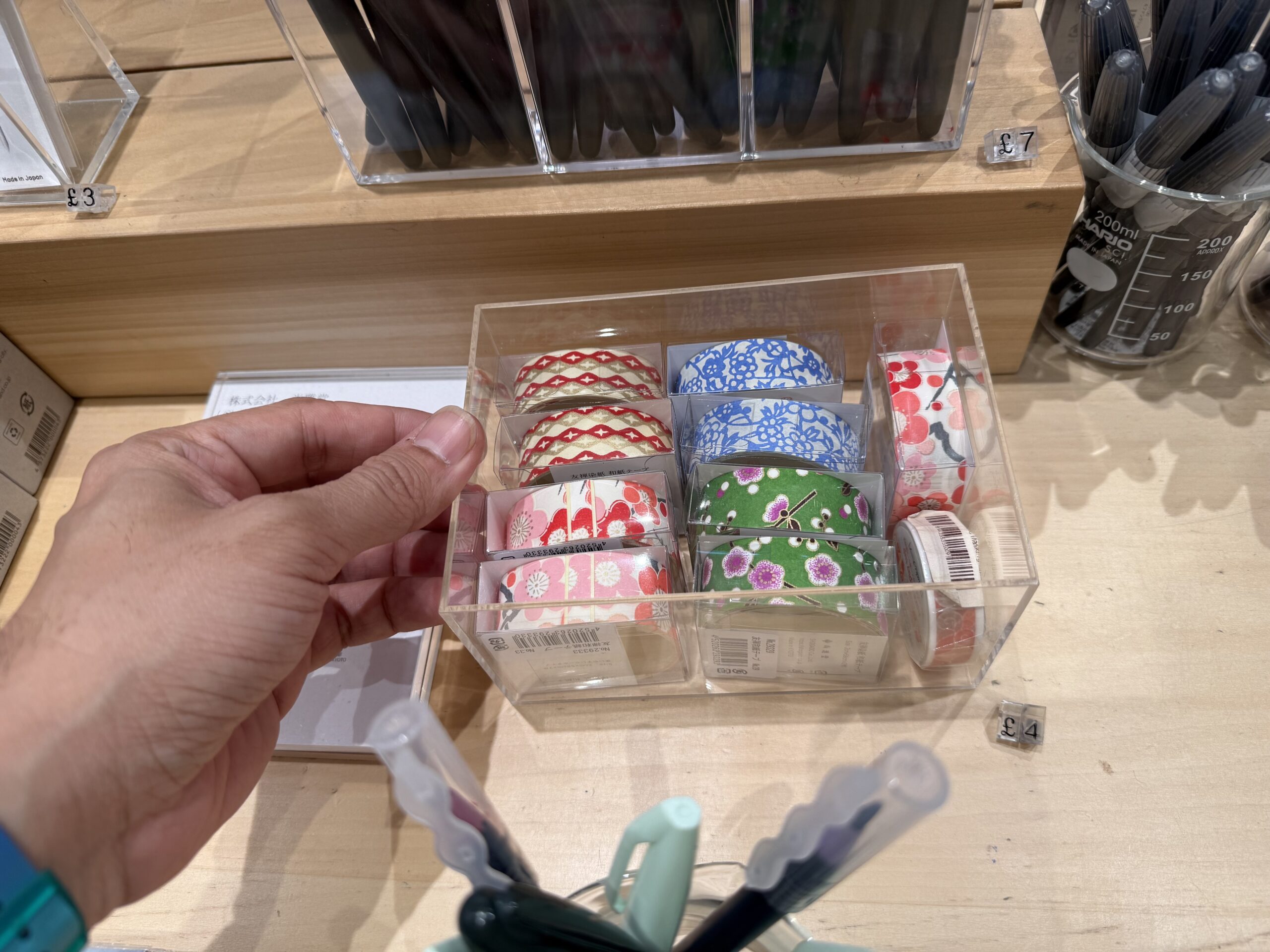
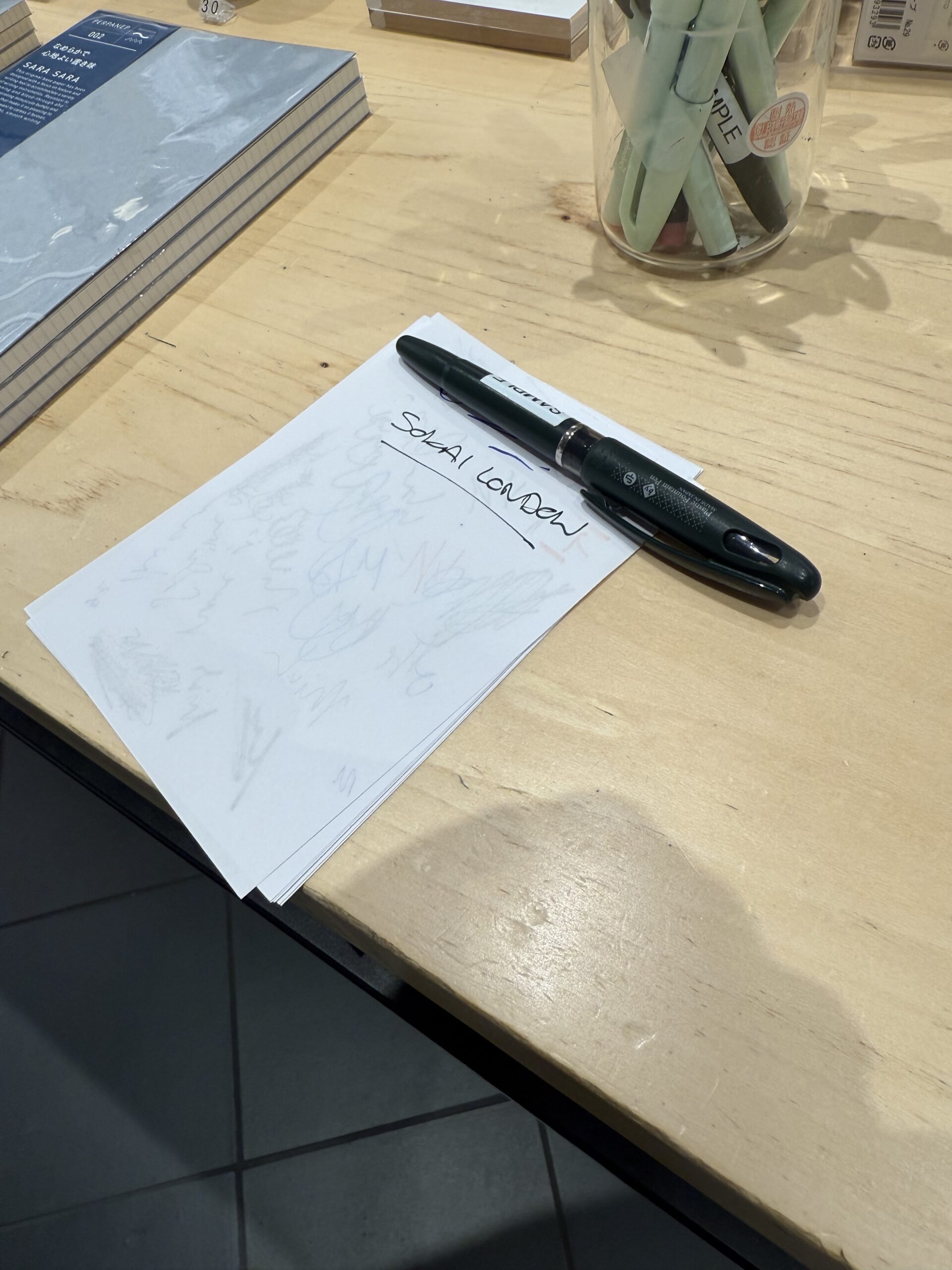
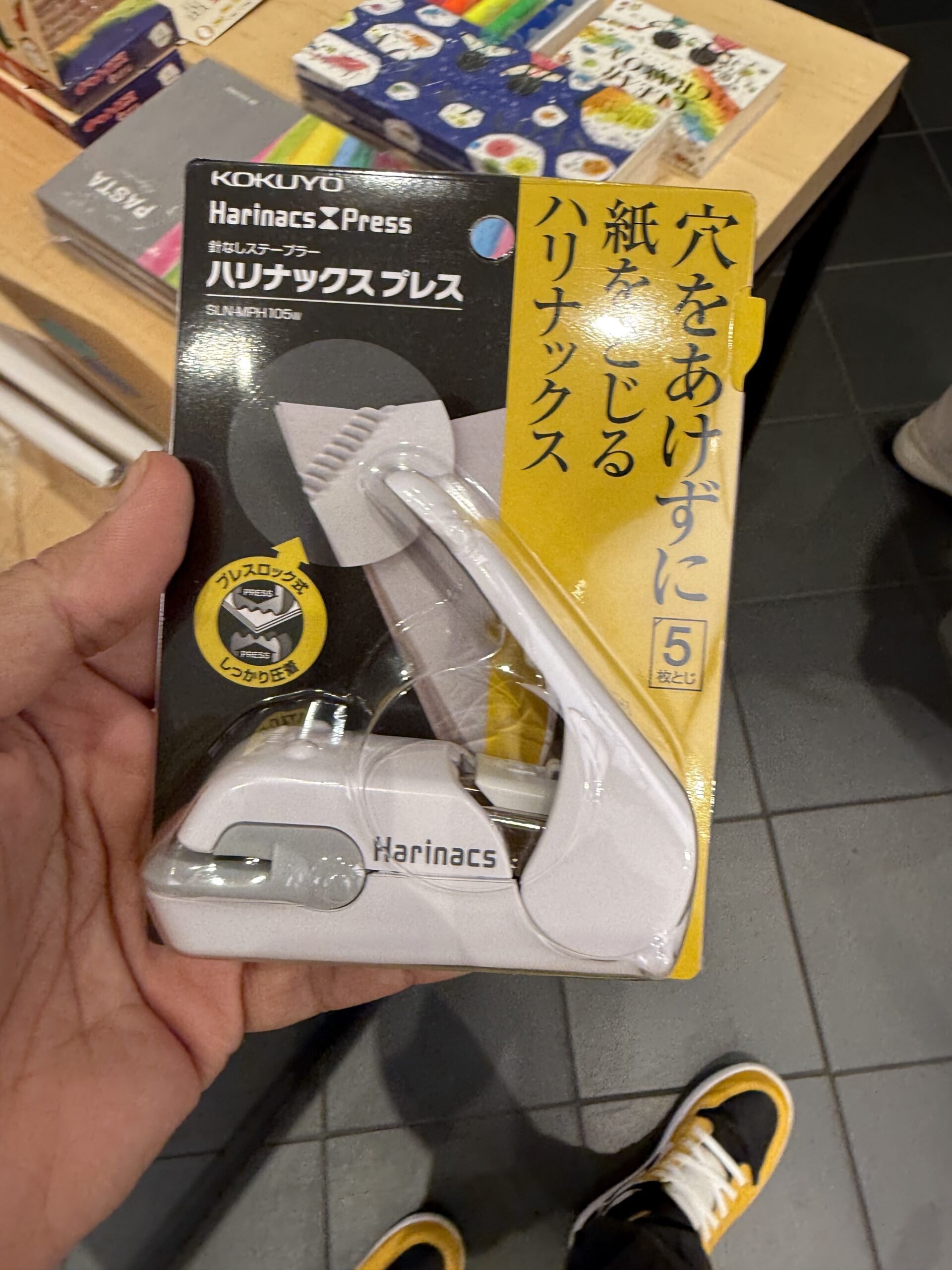

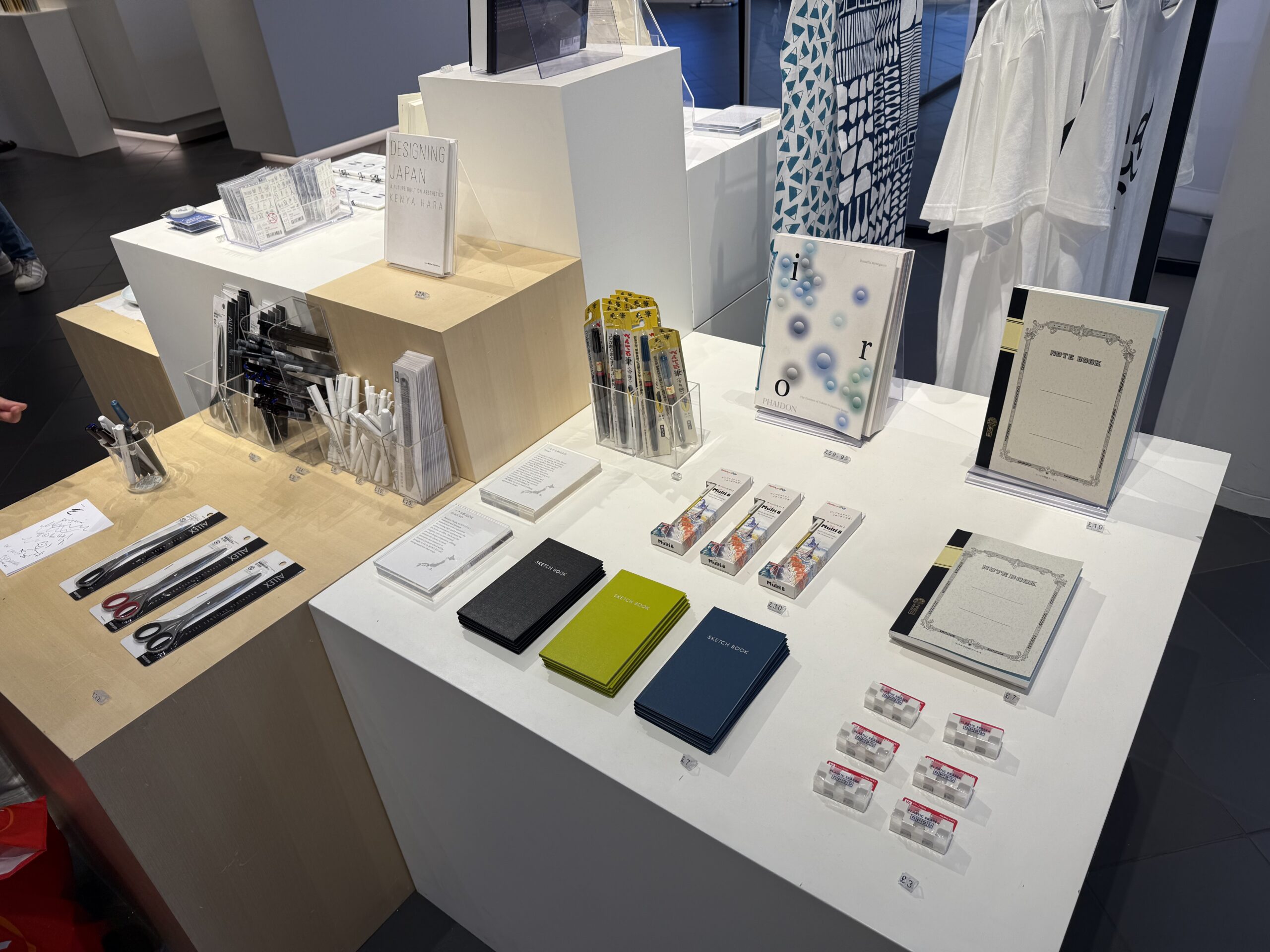
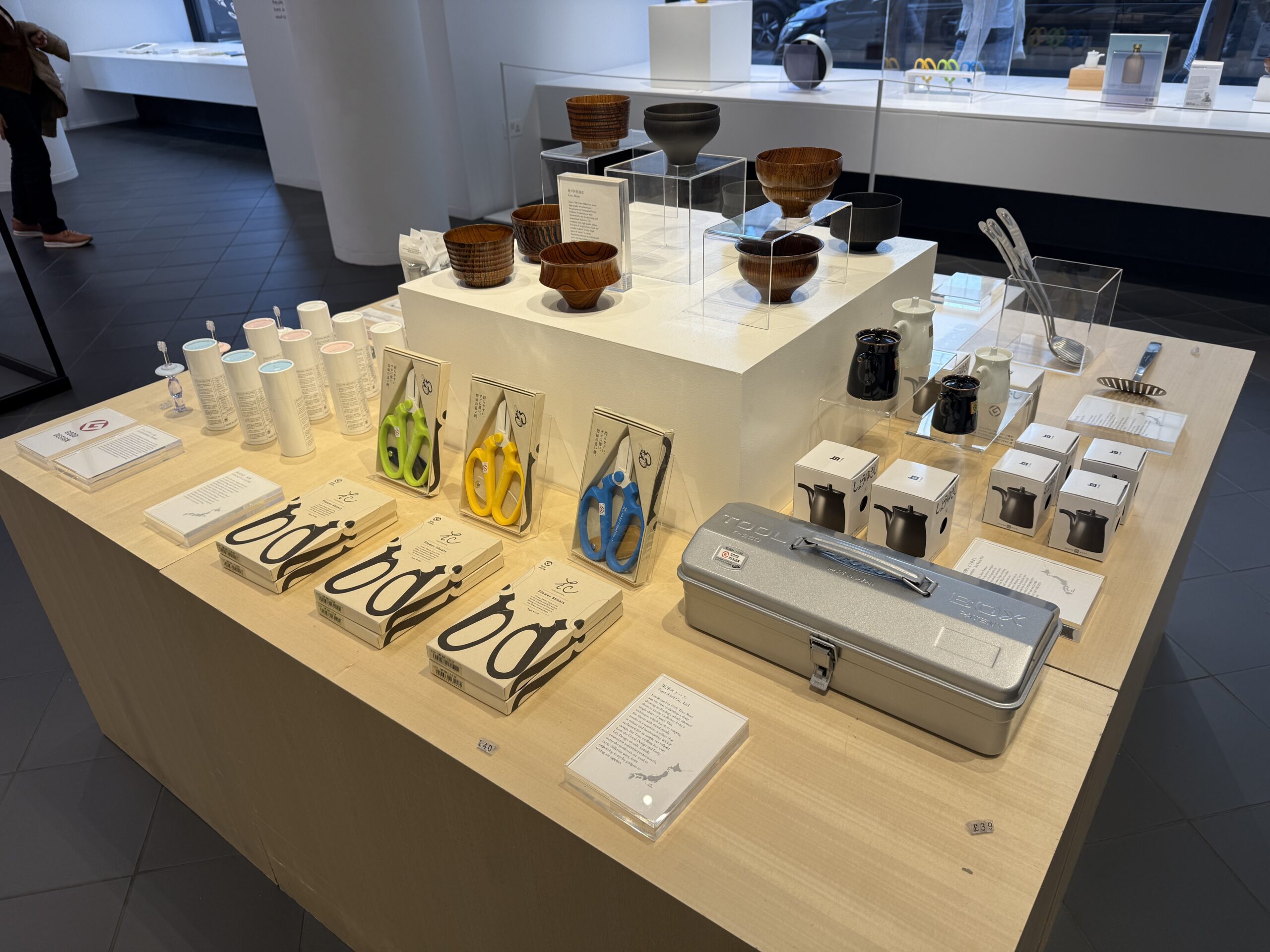
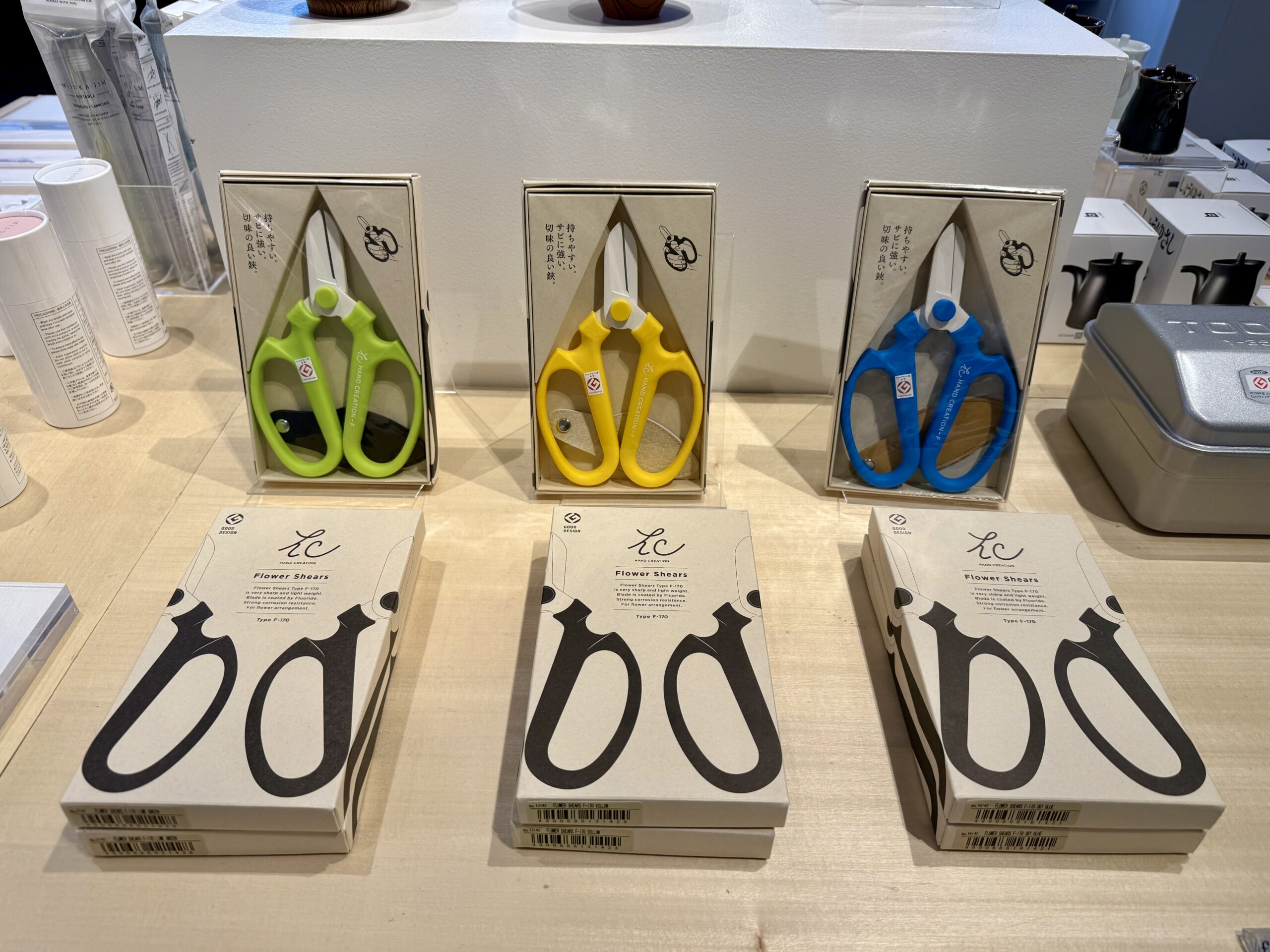
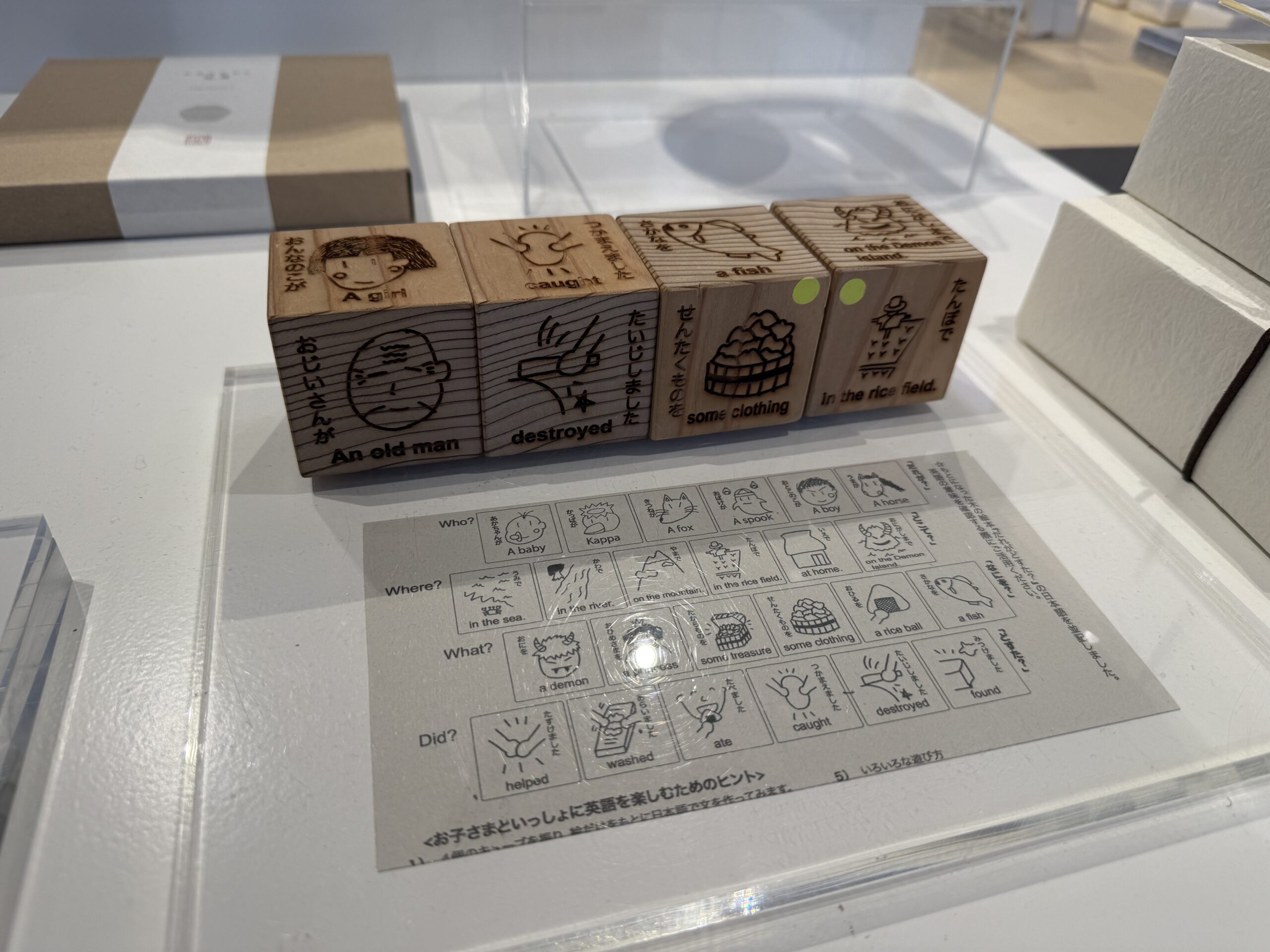
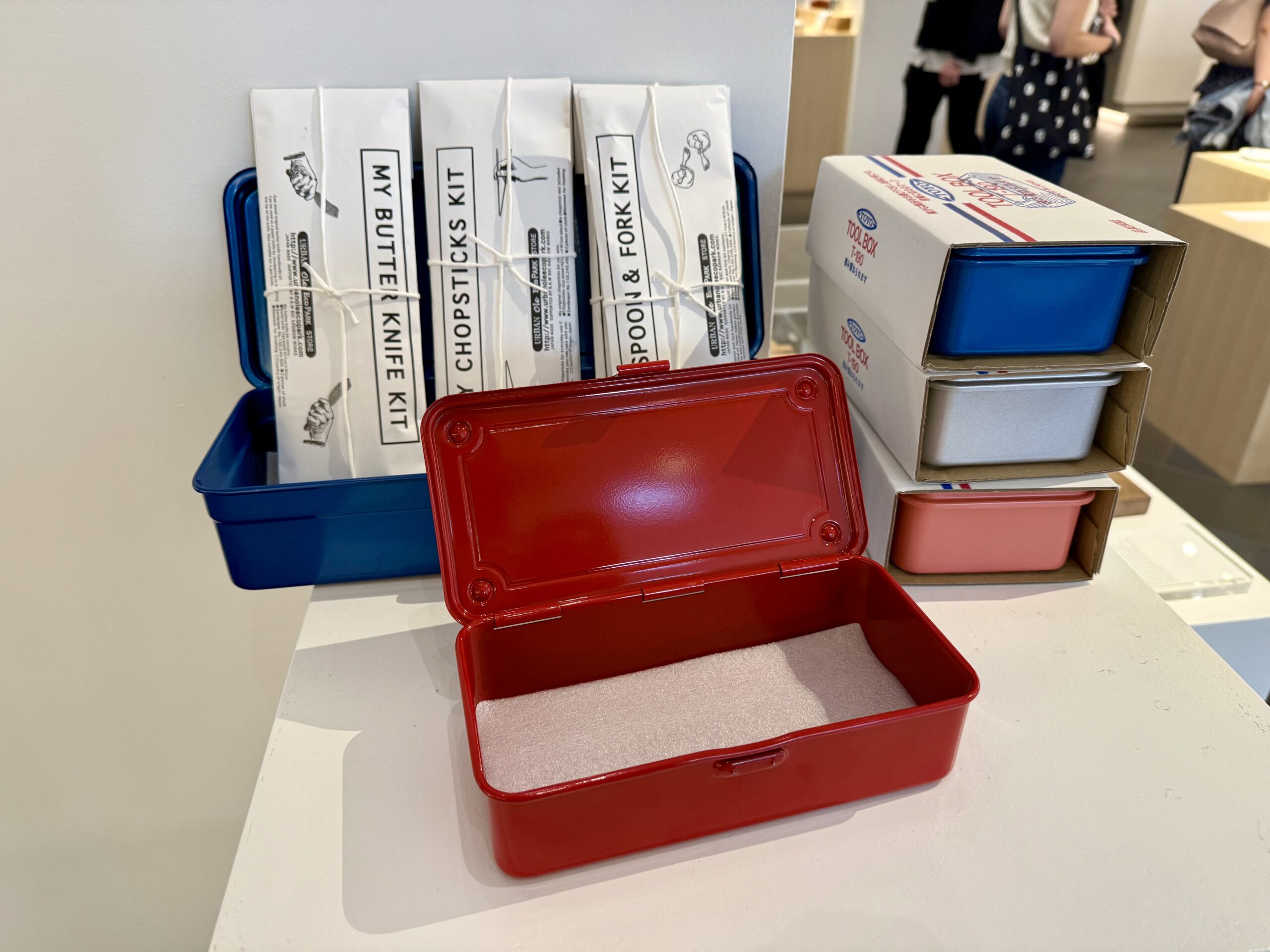
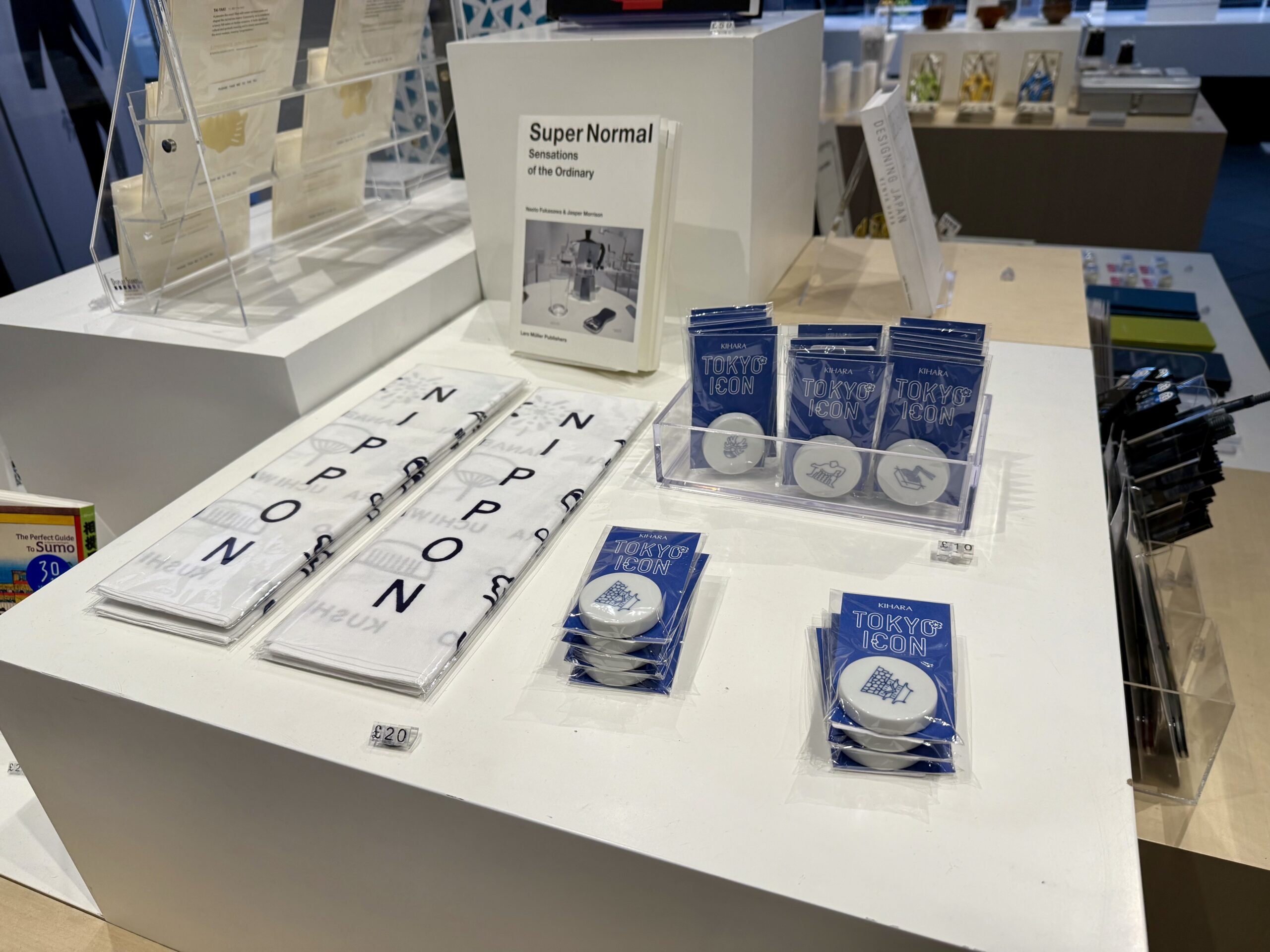
Leave a Reply